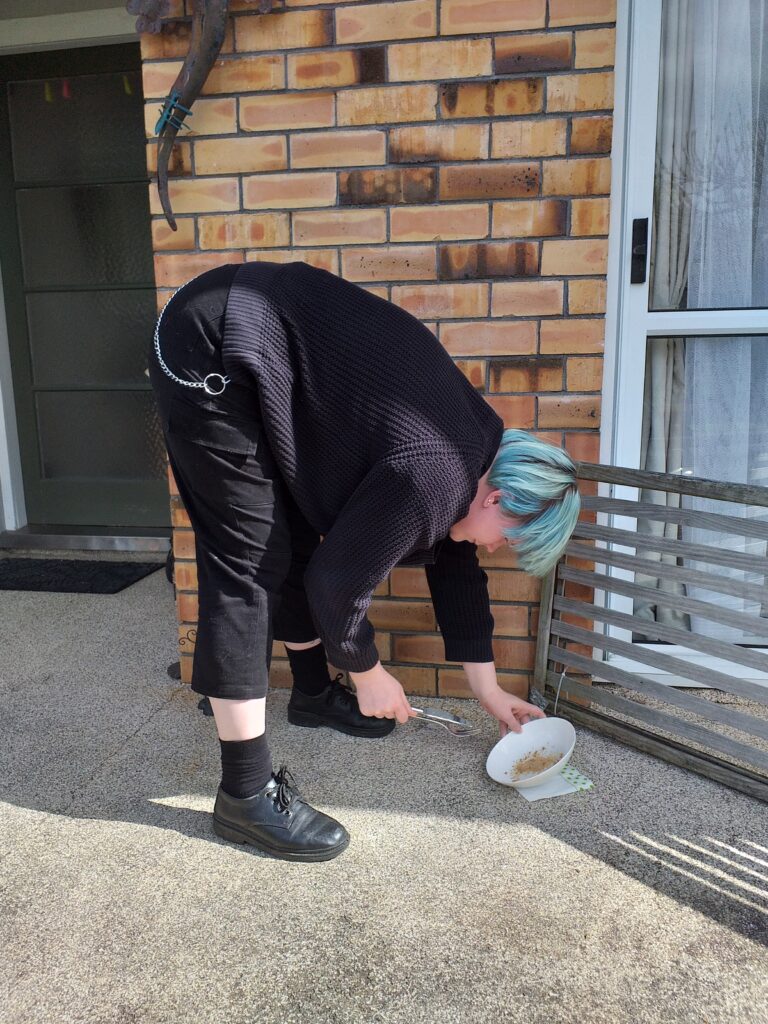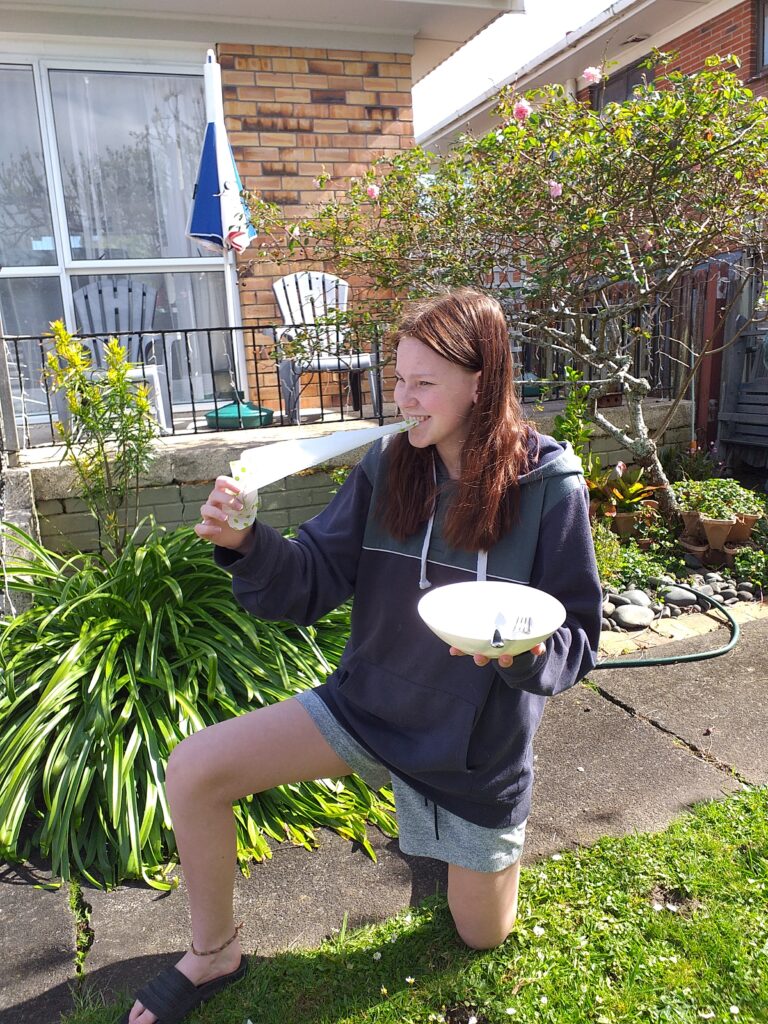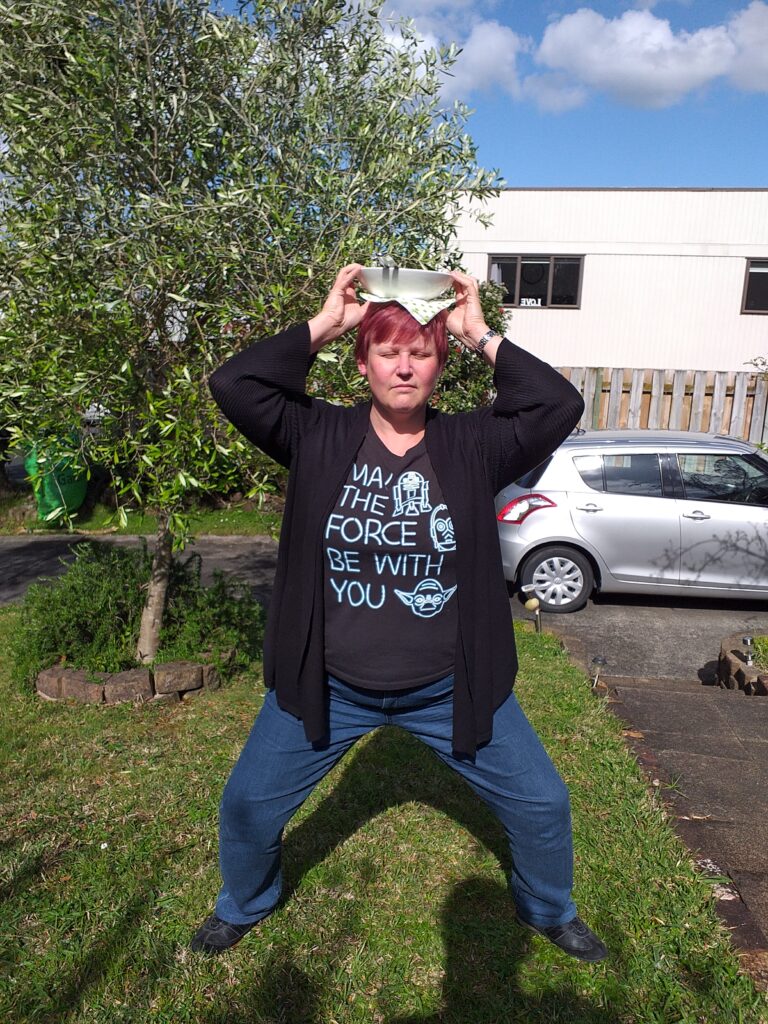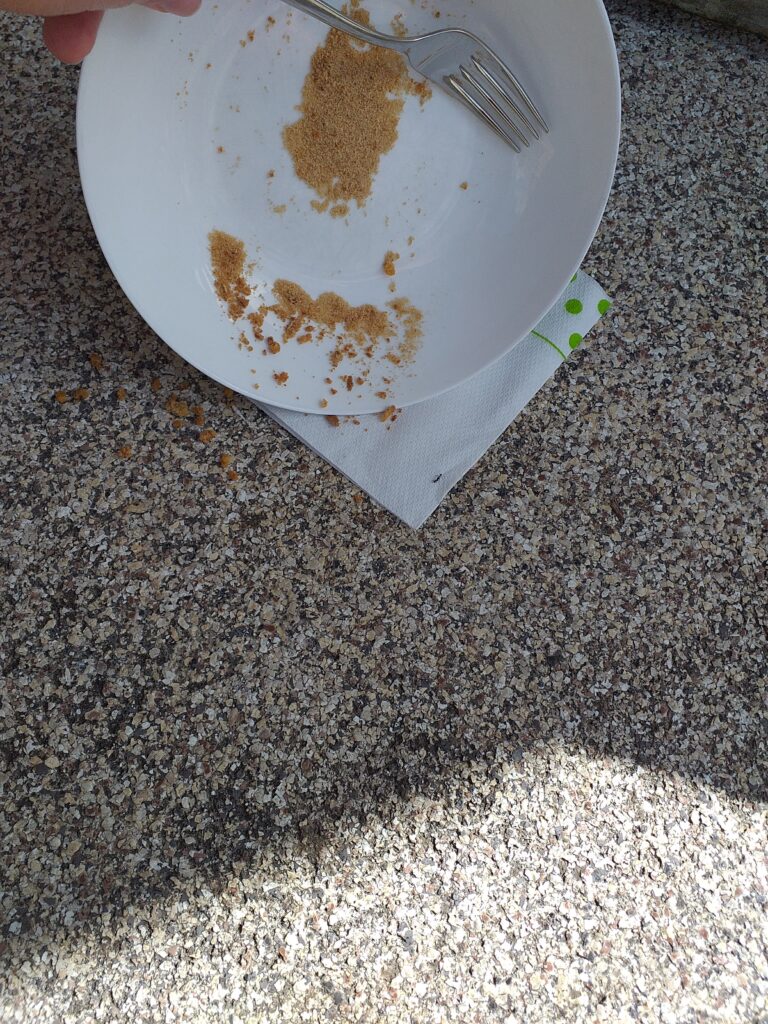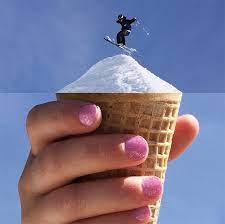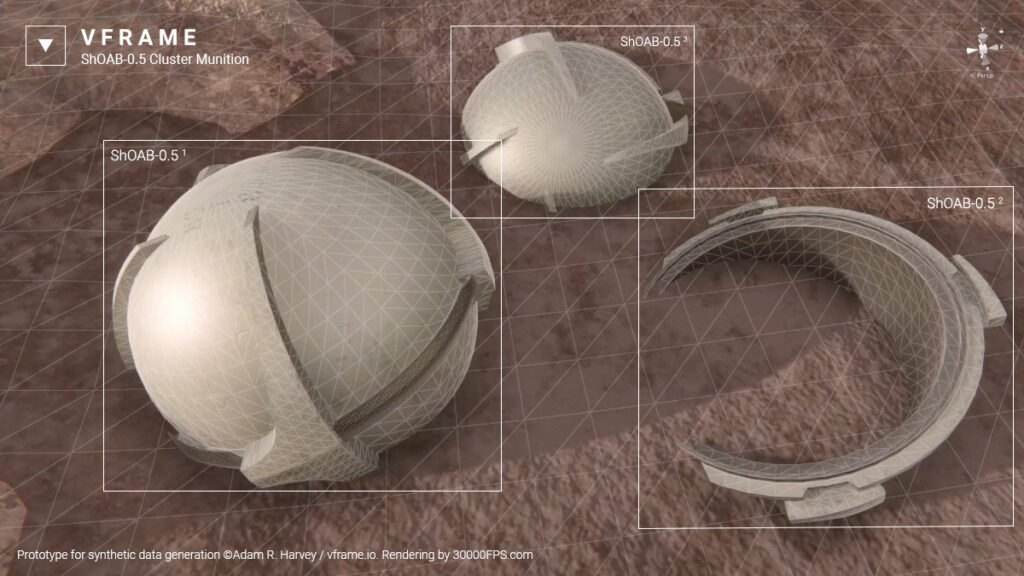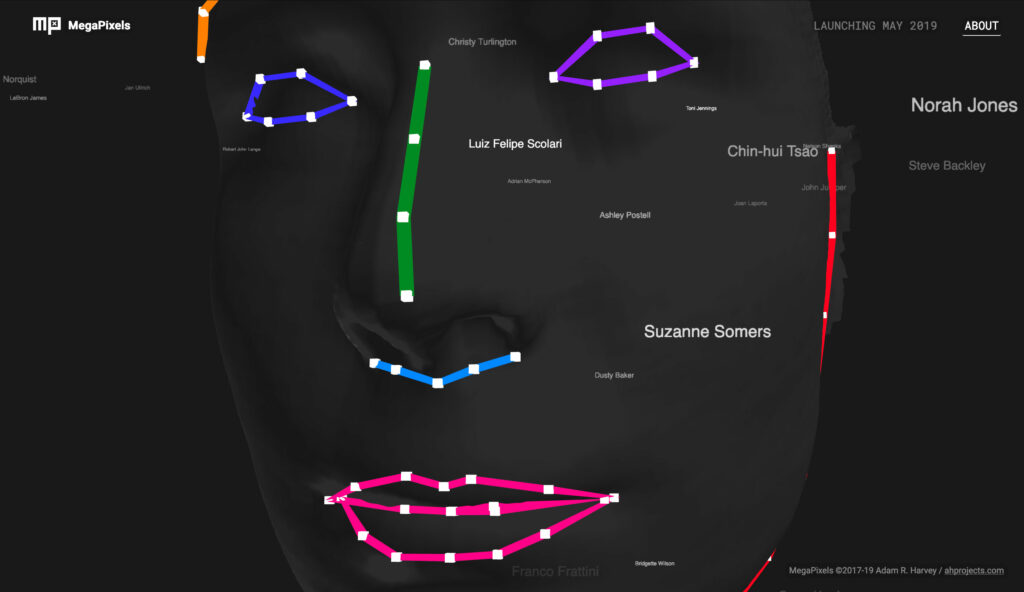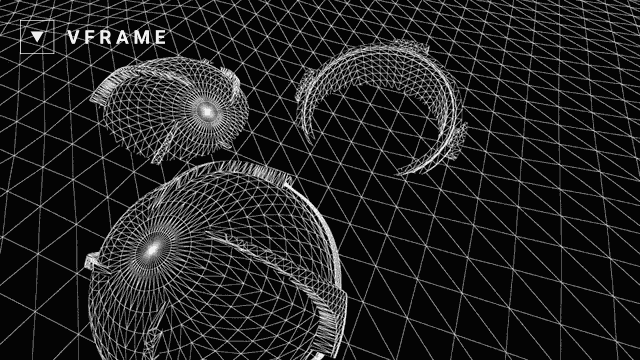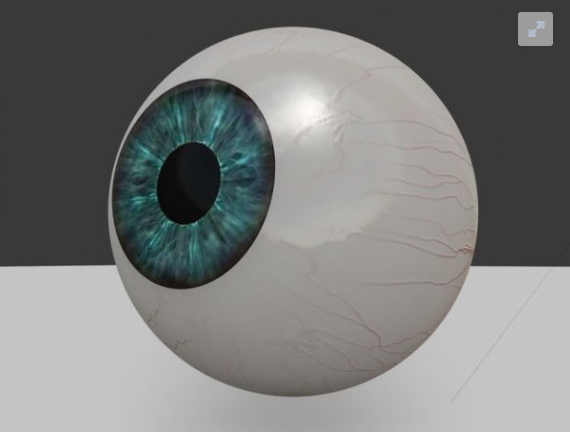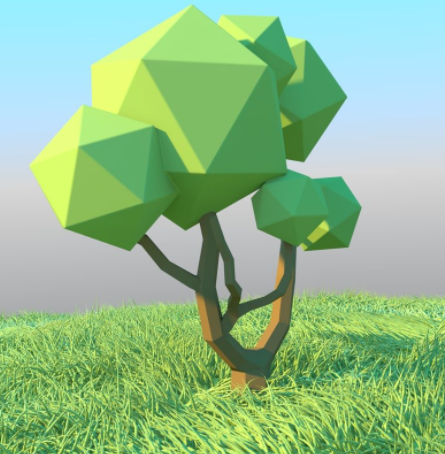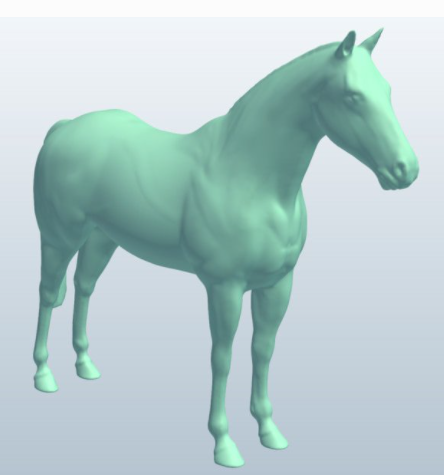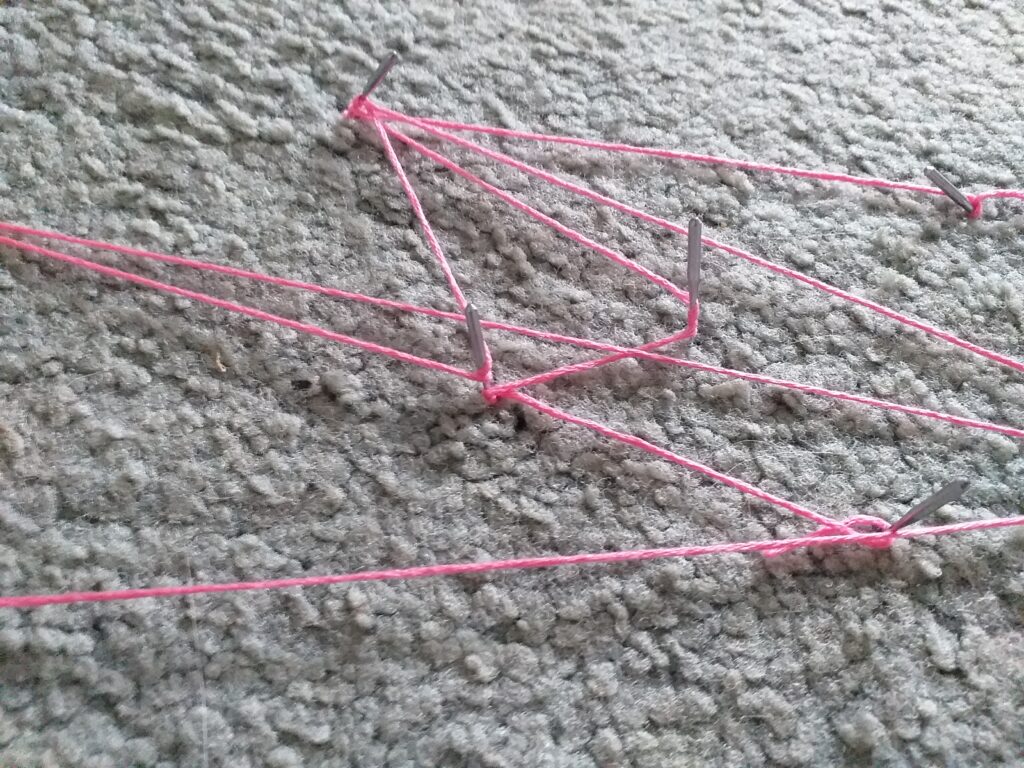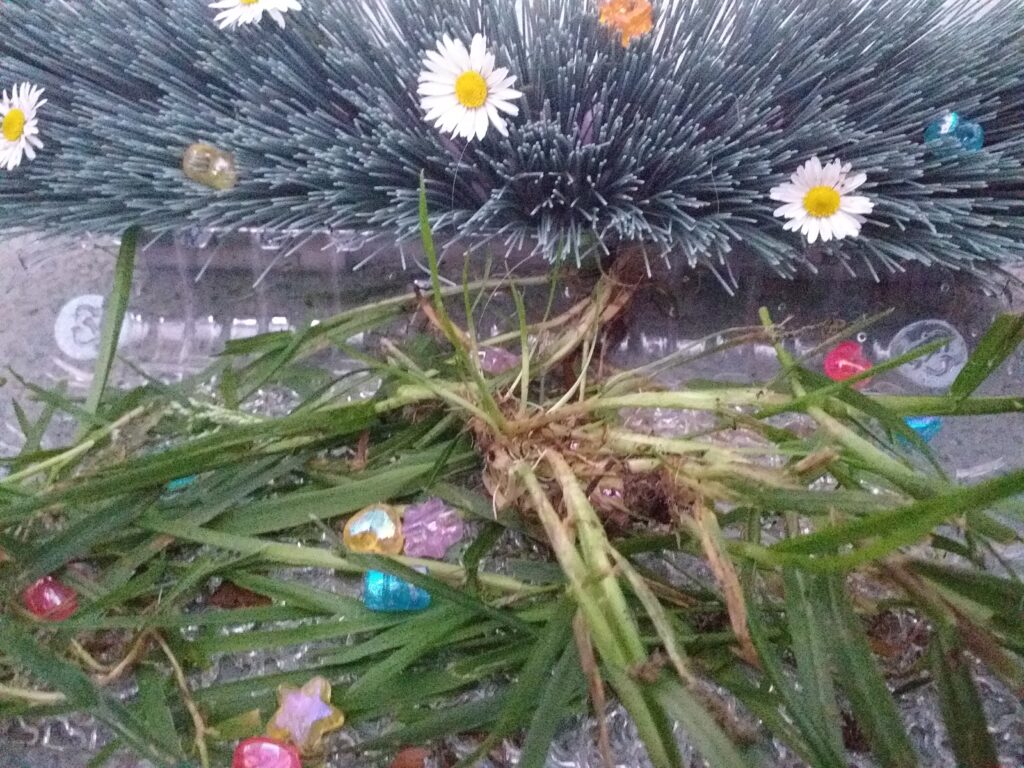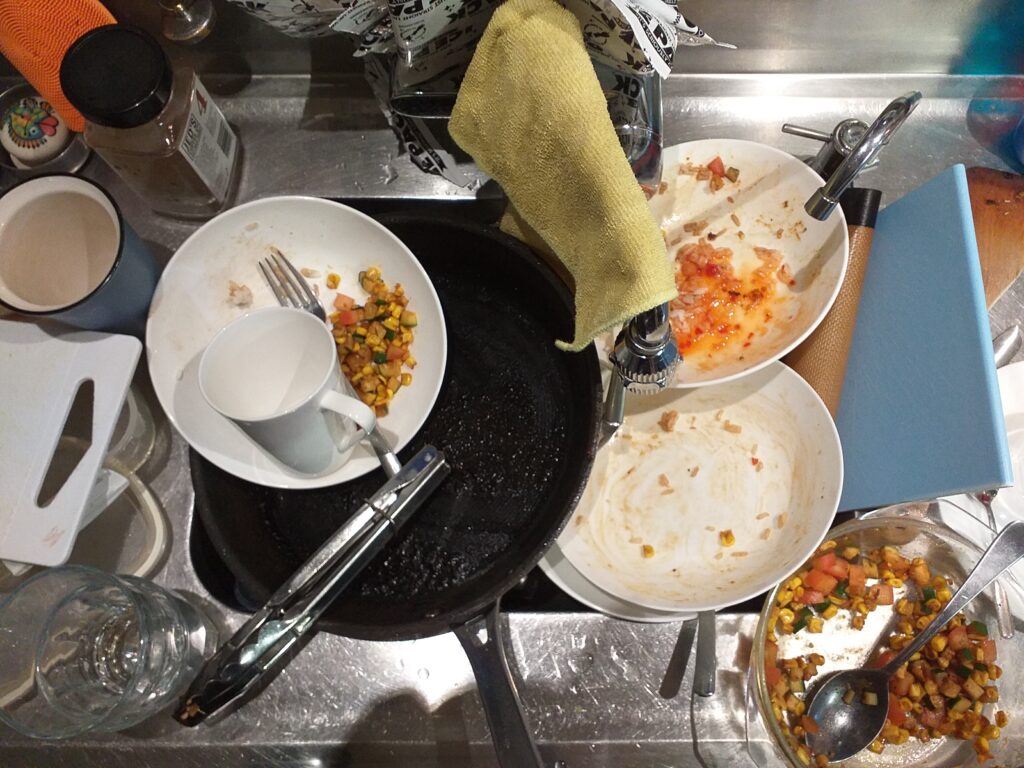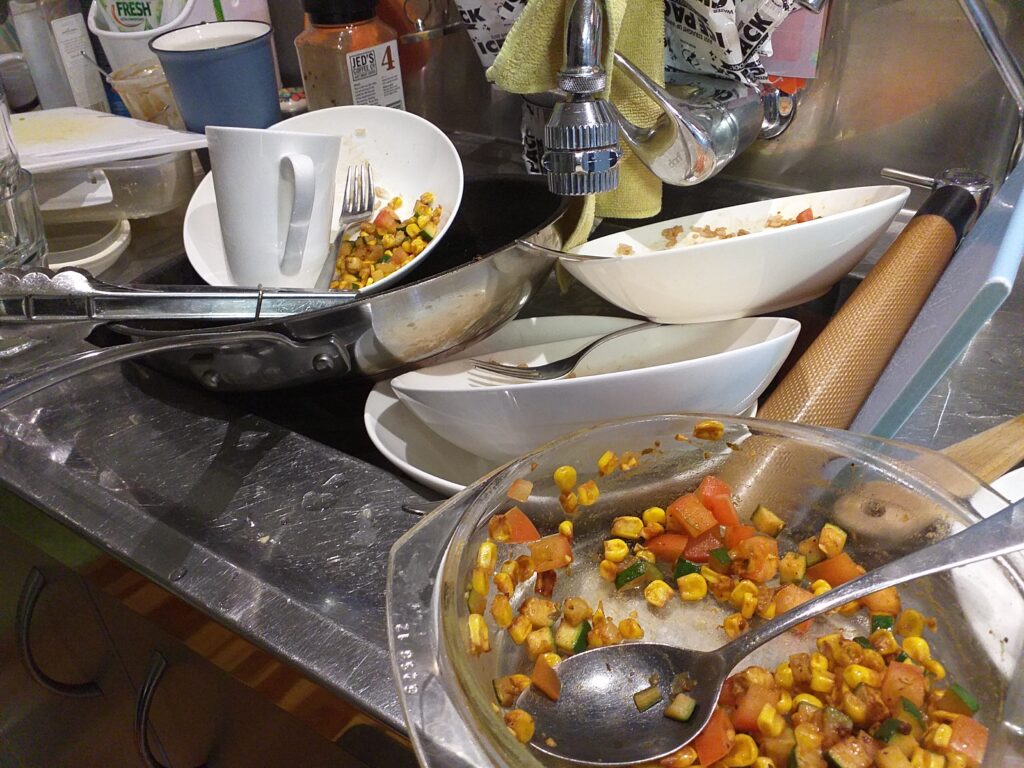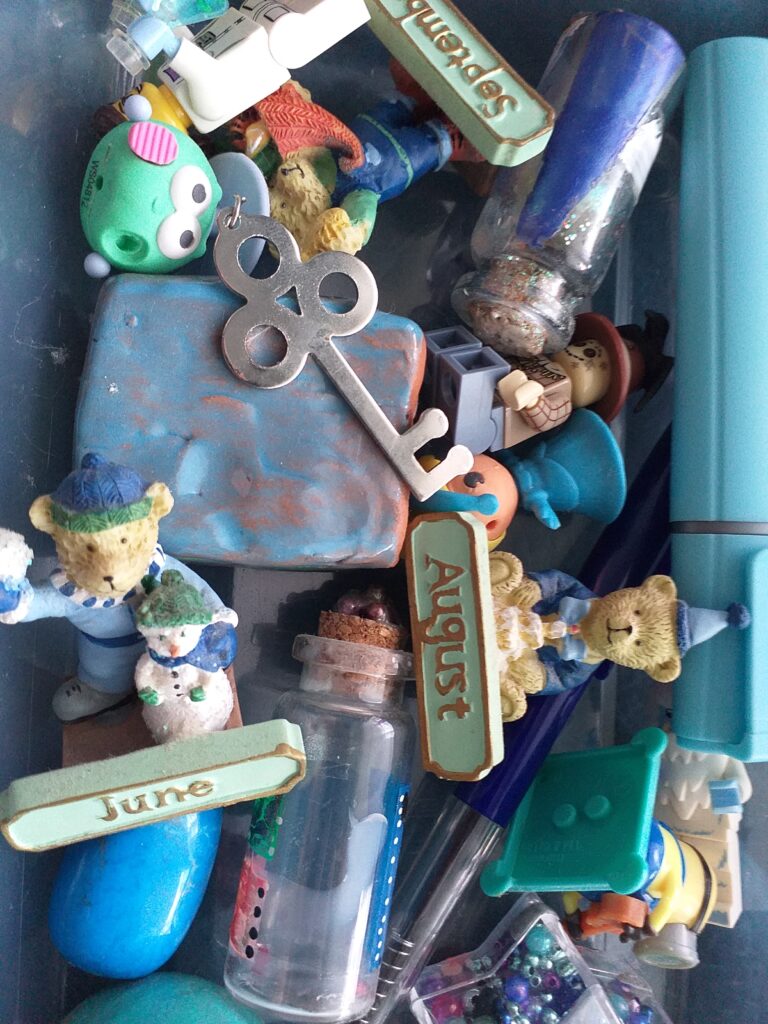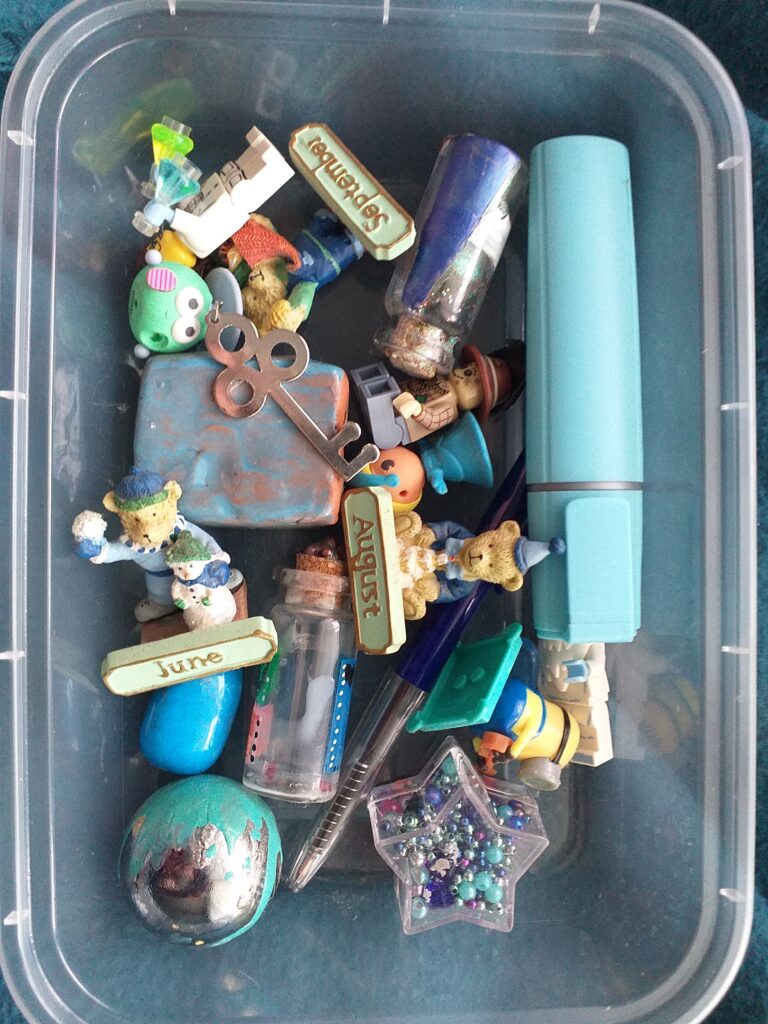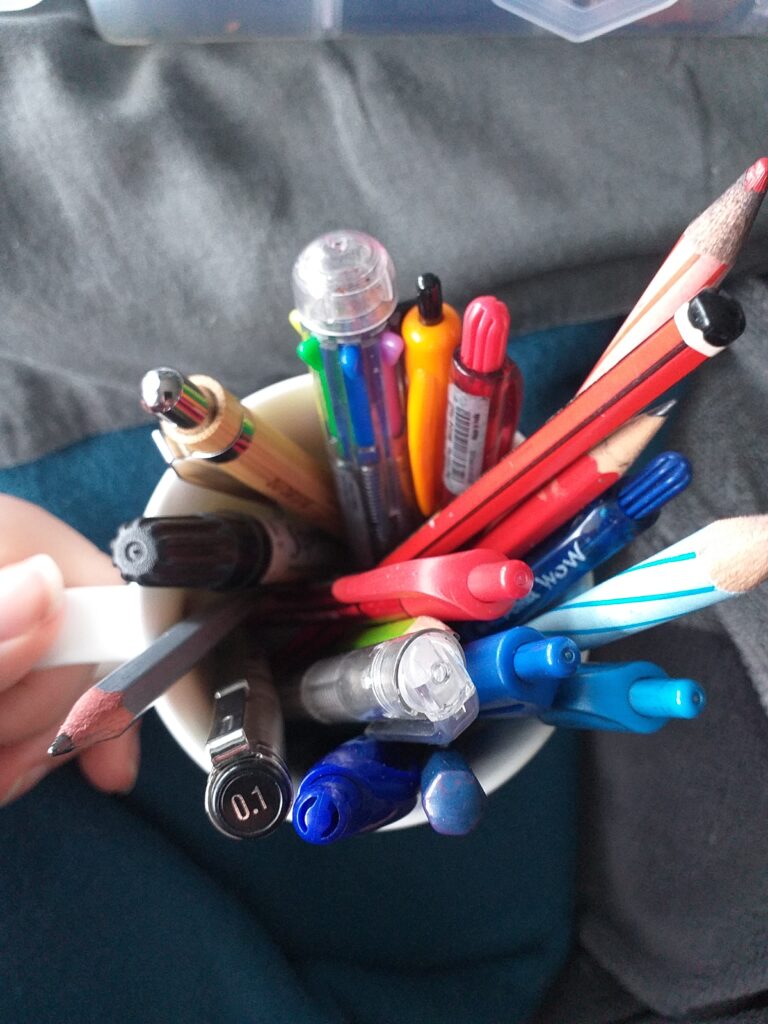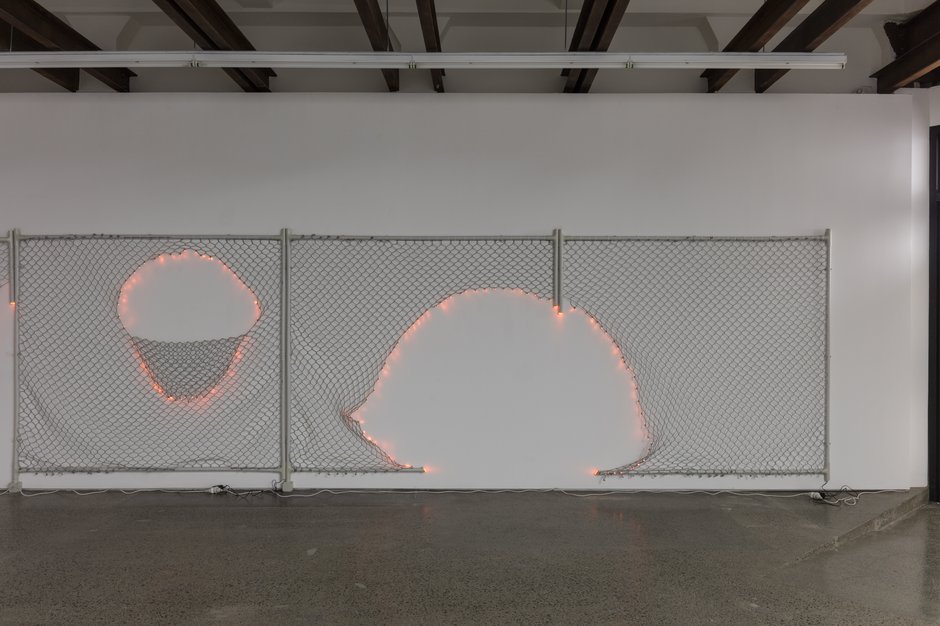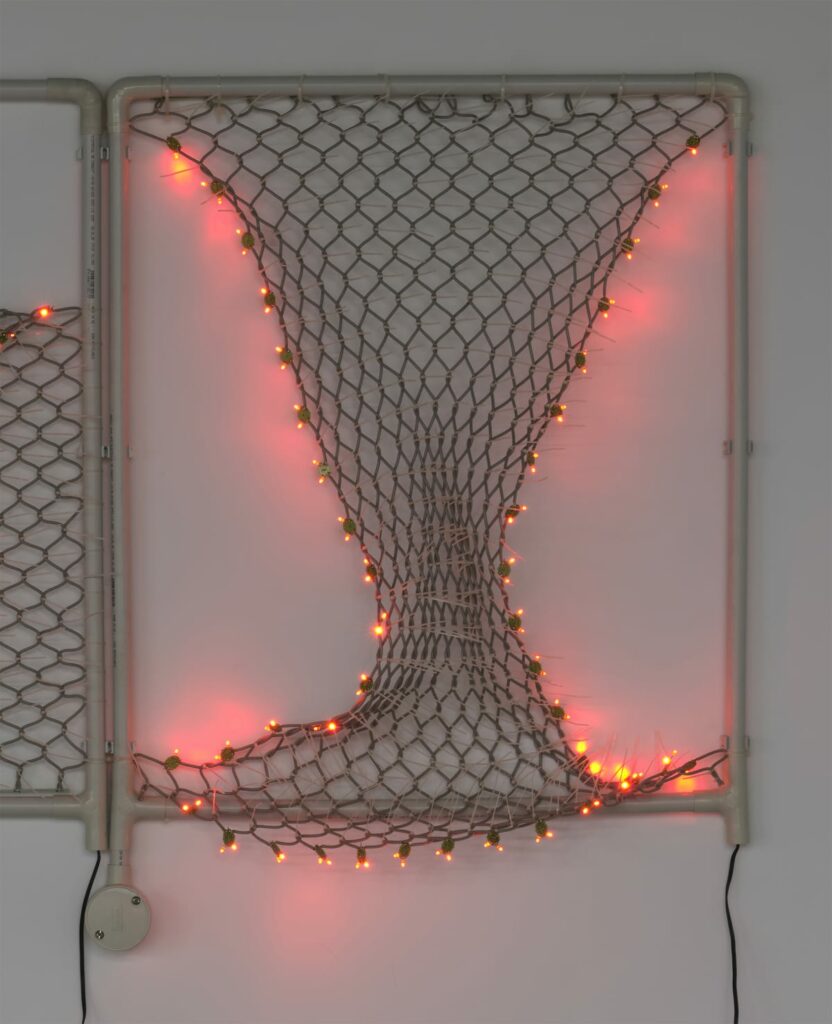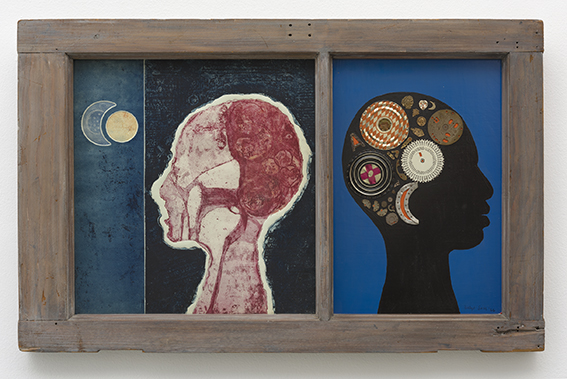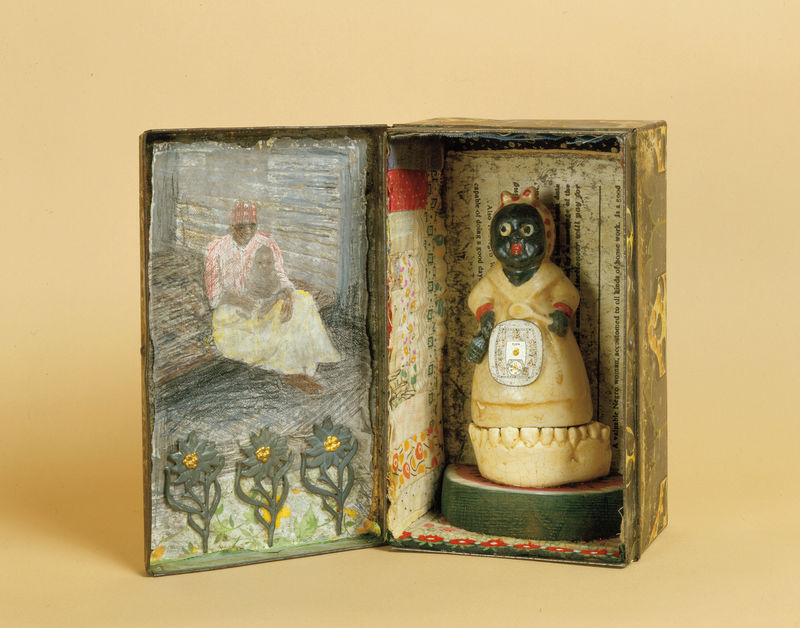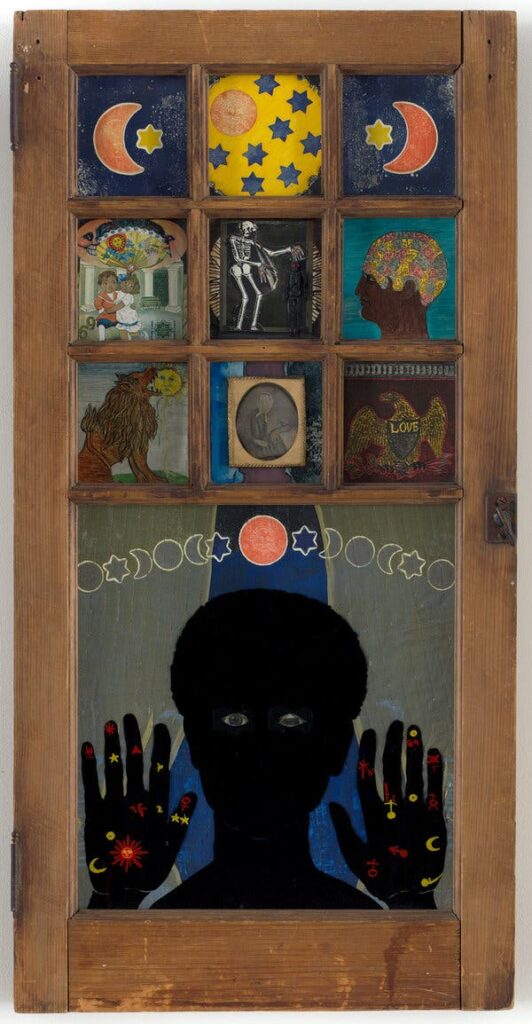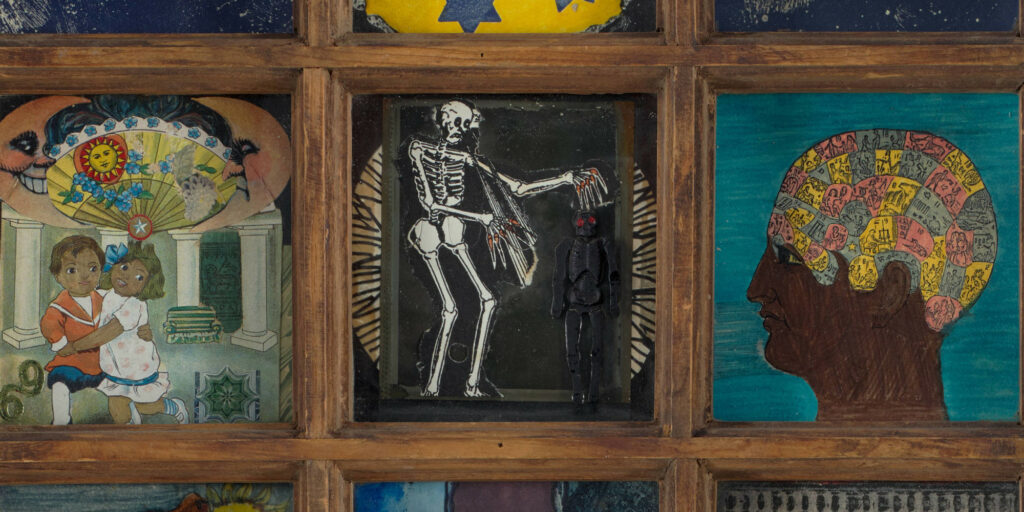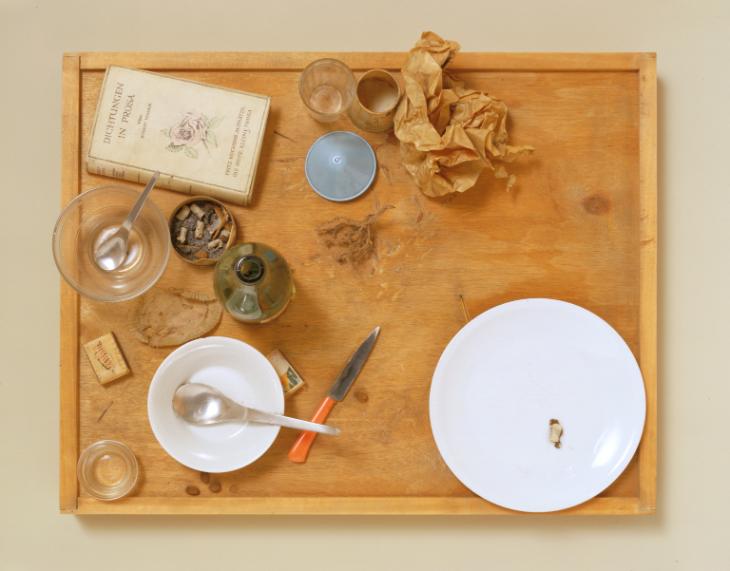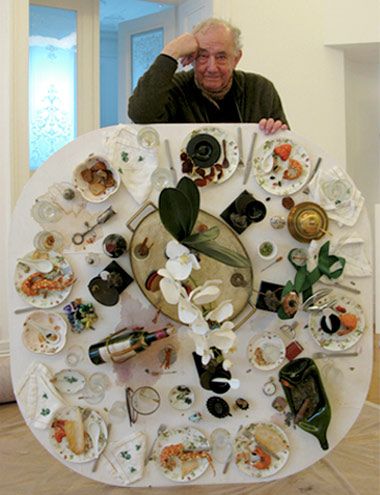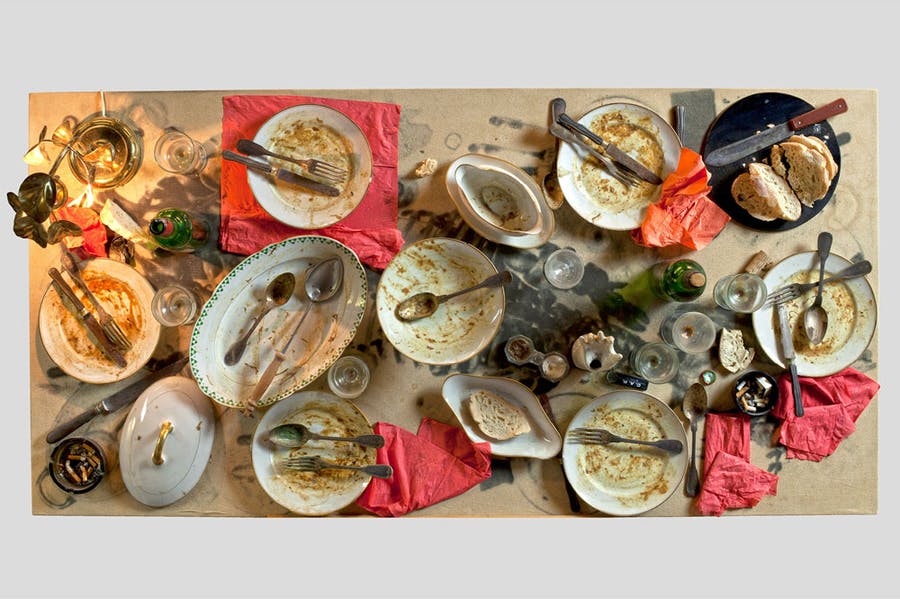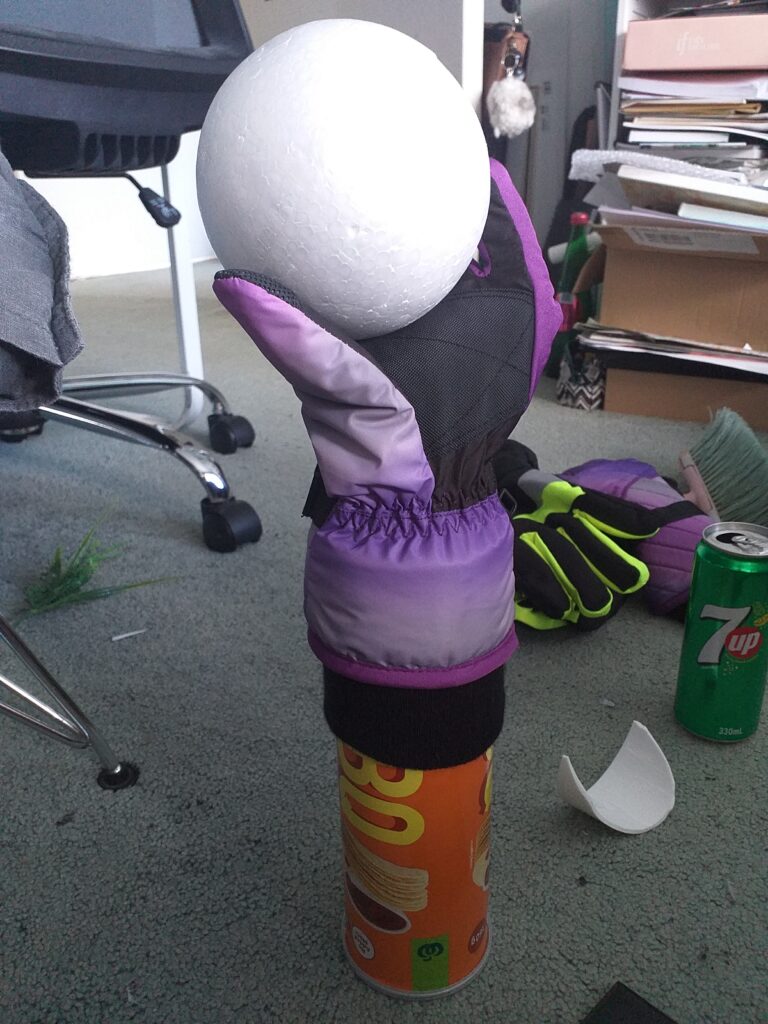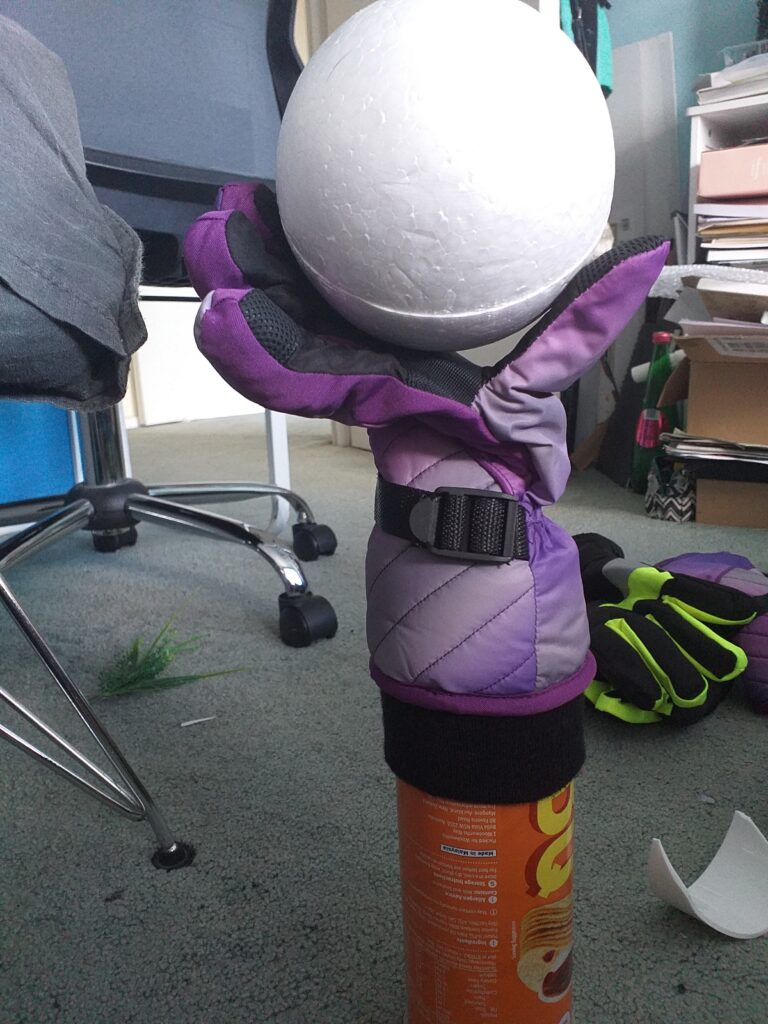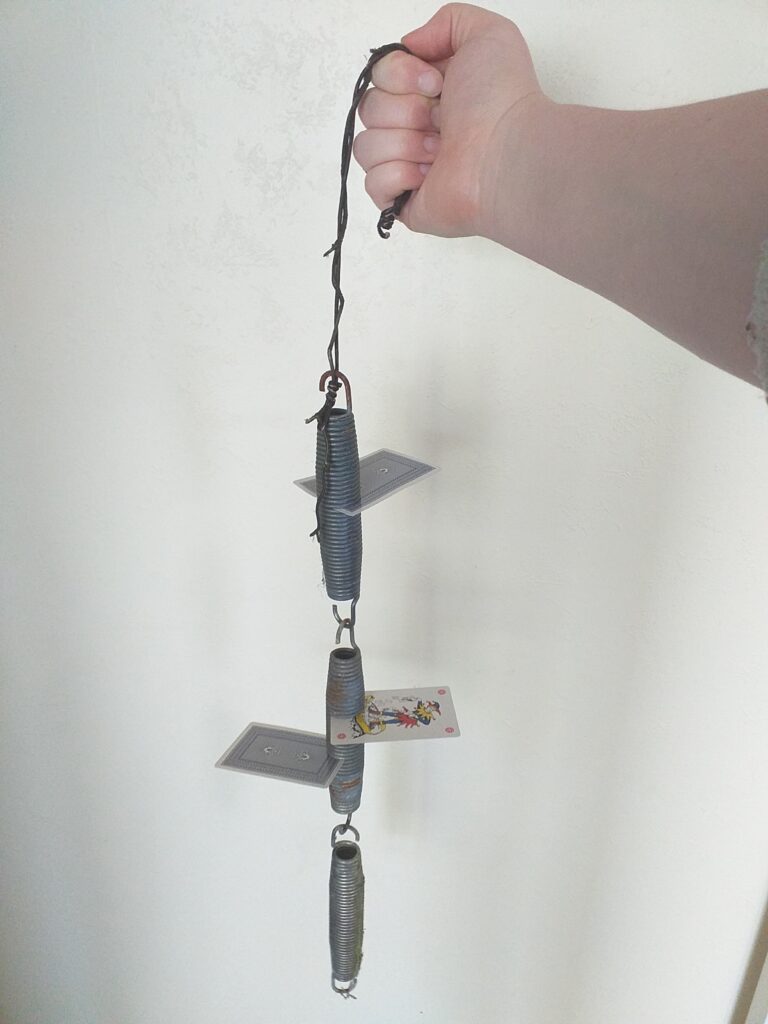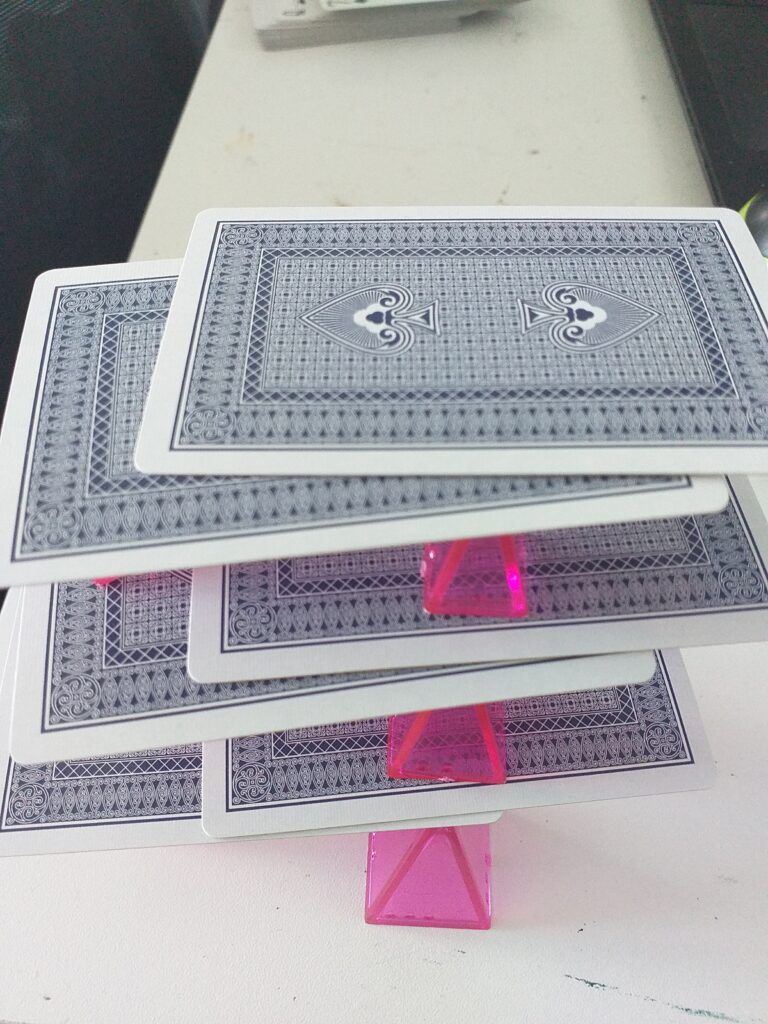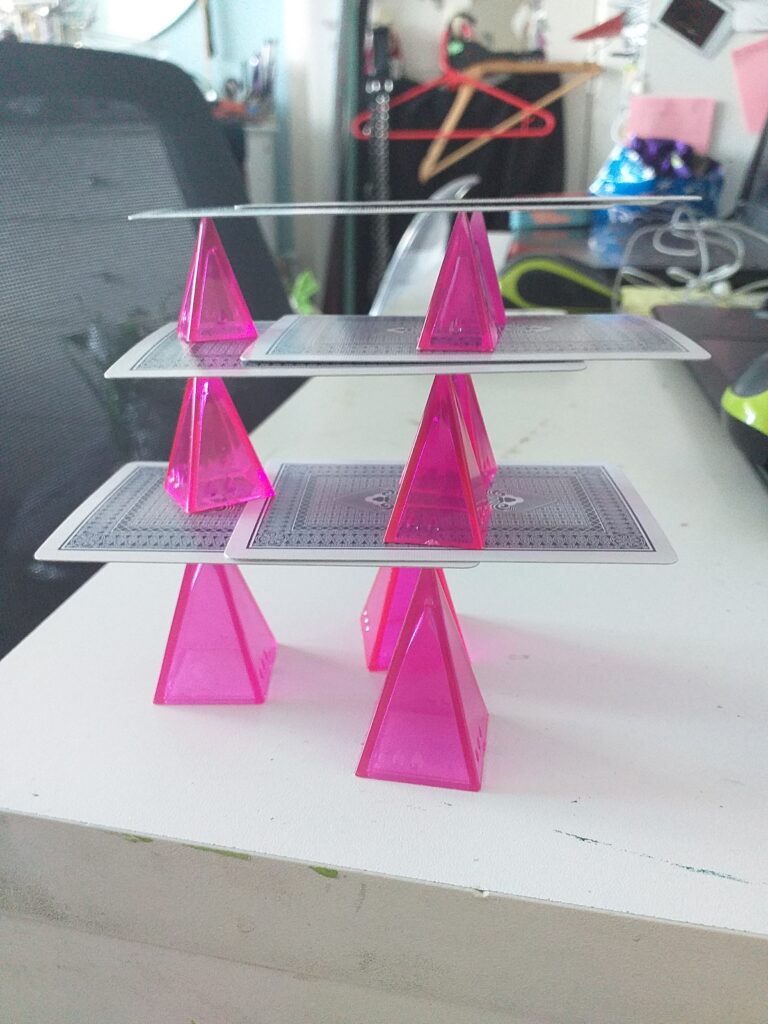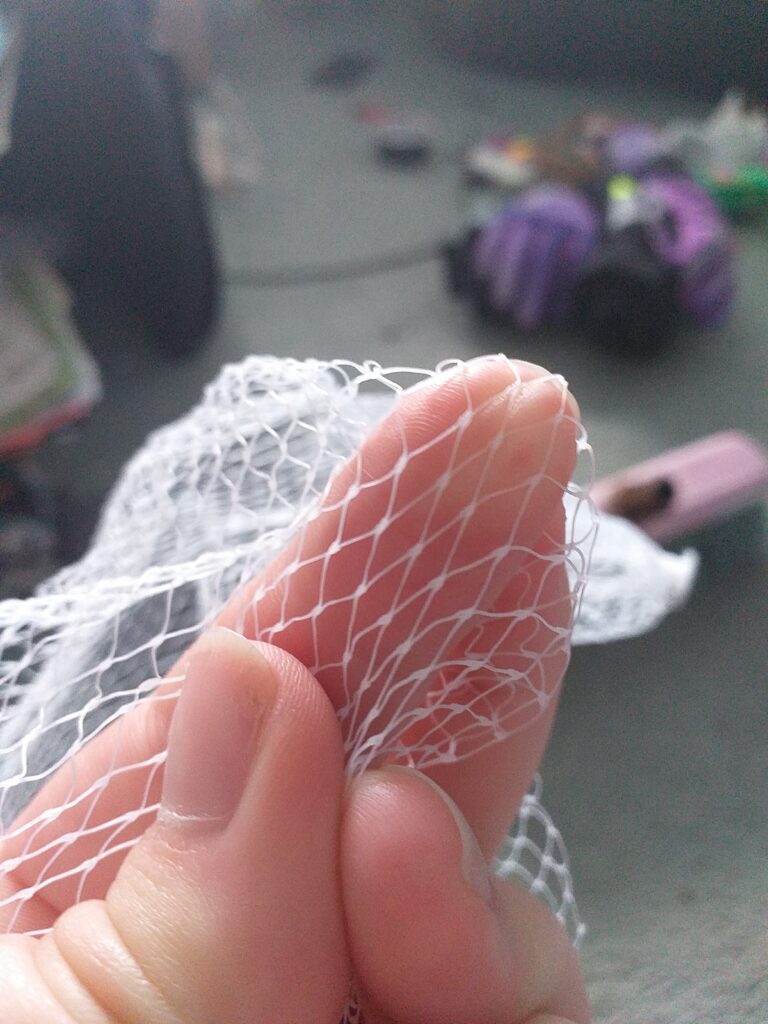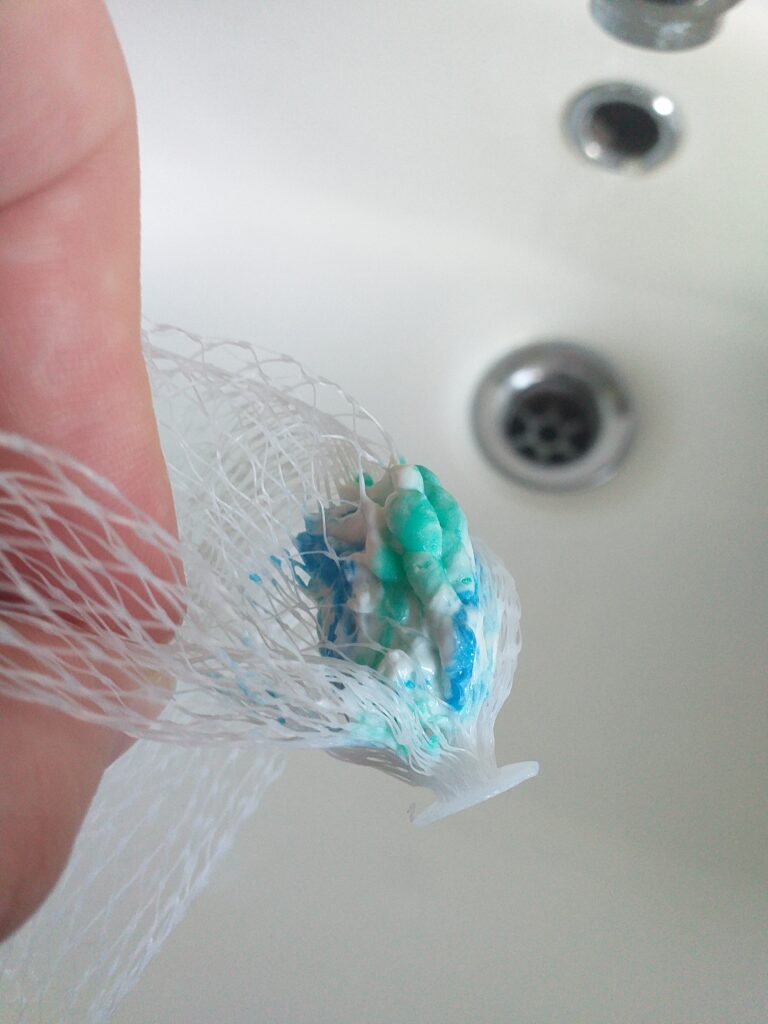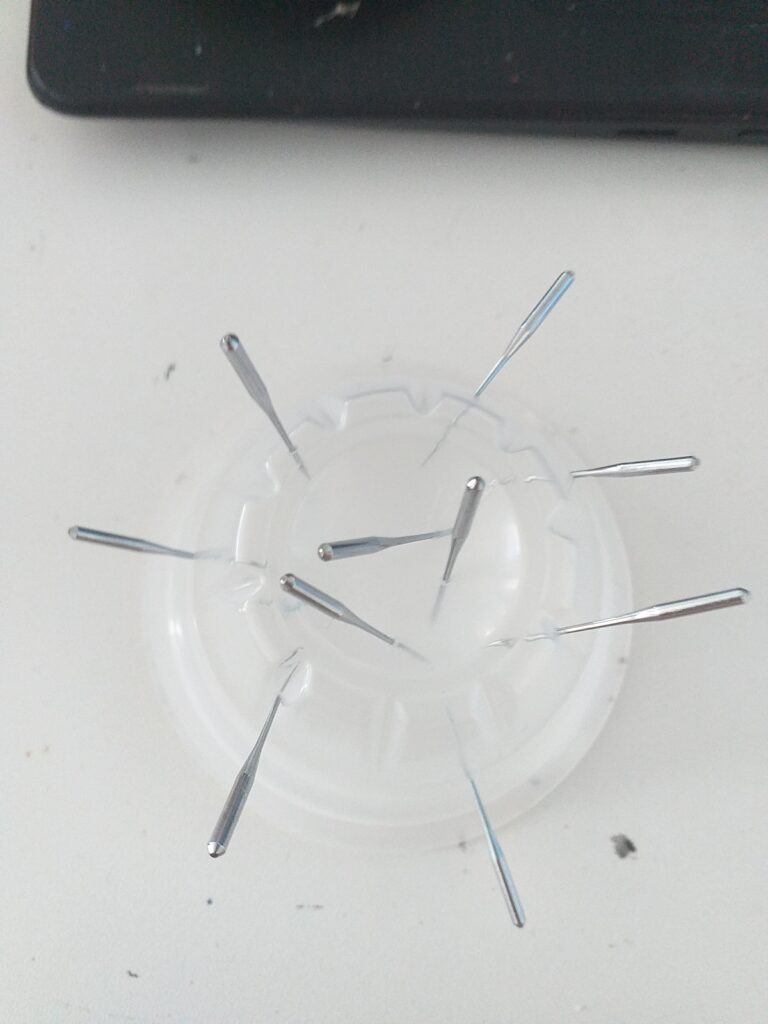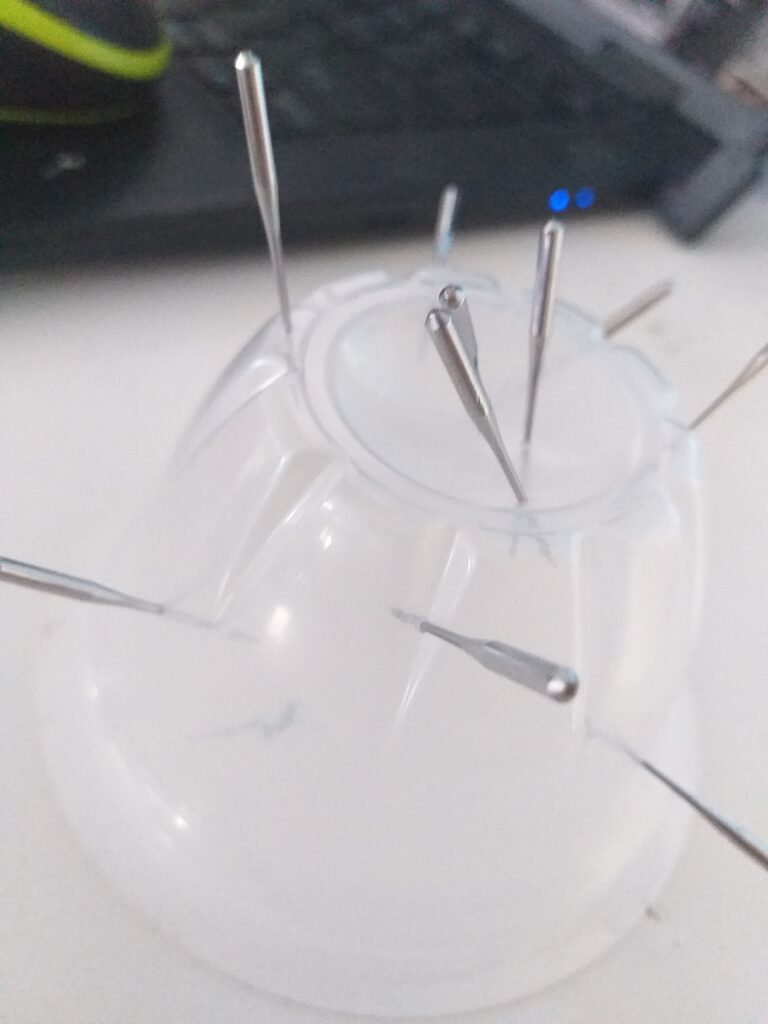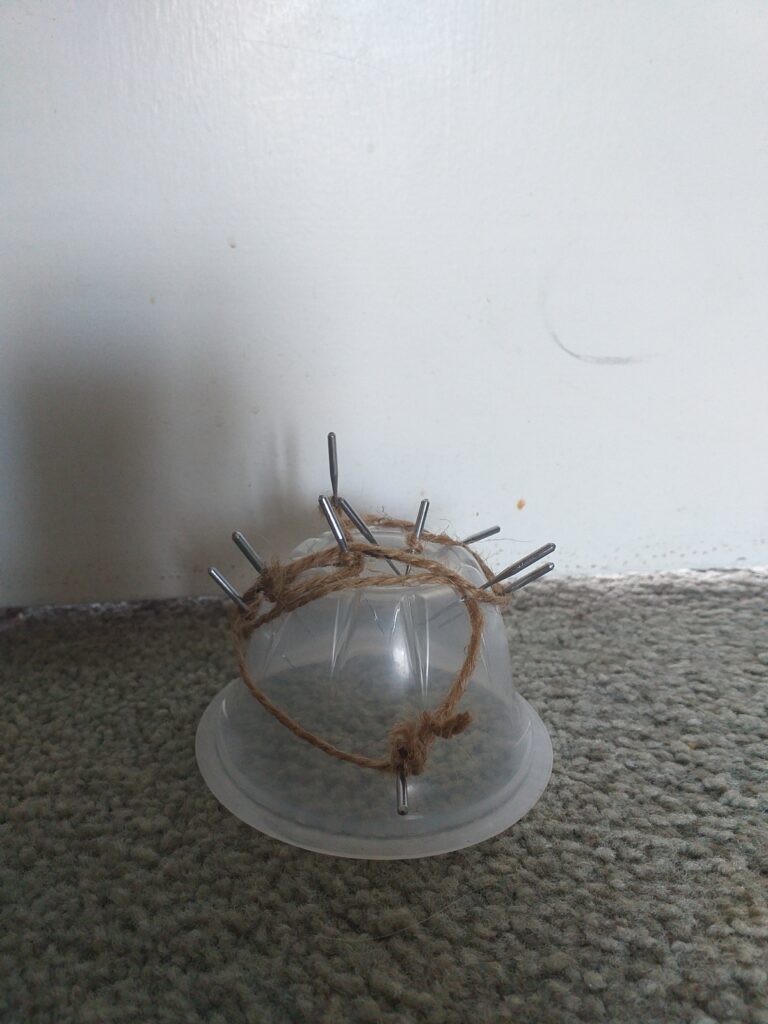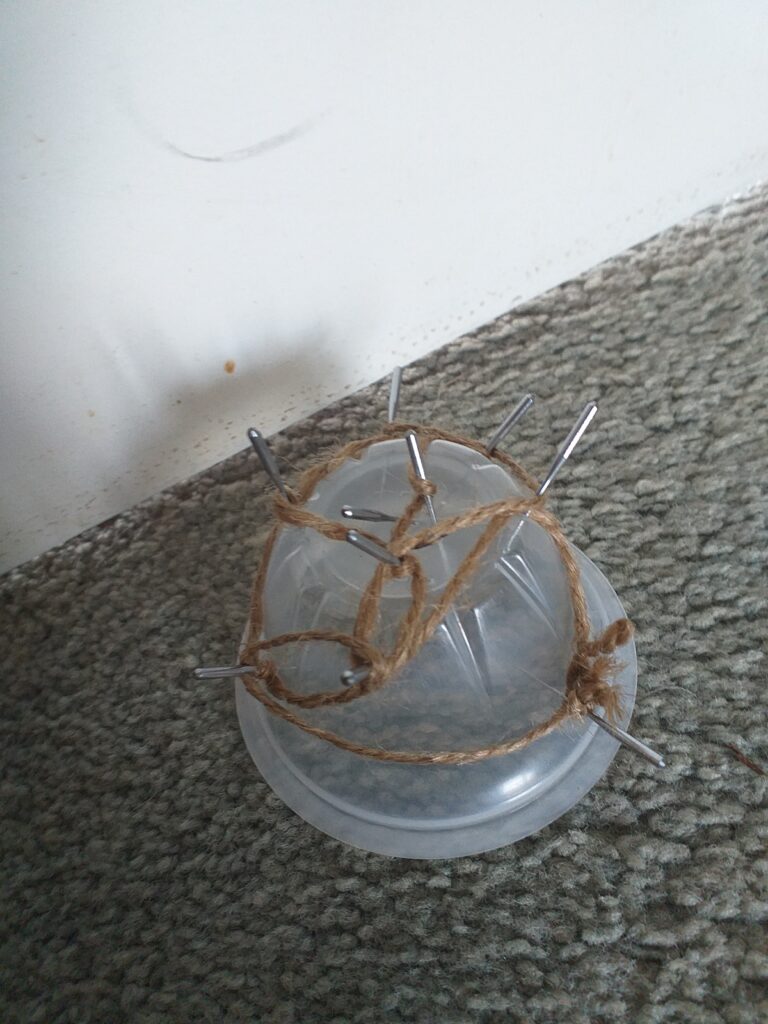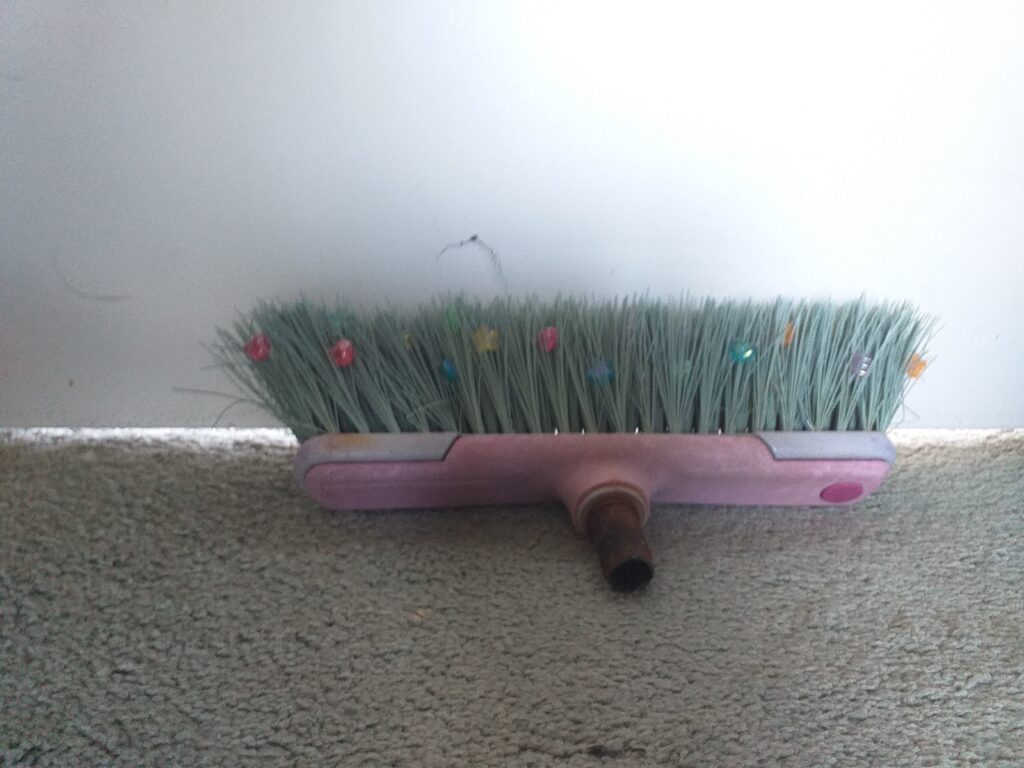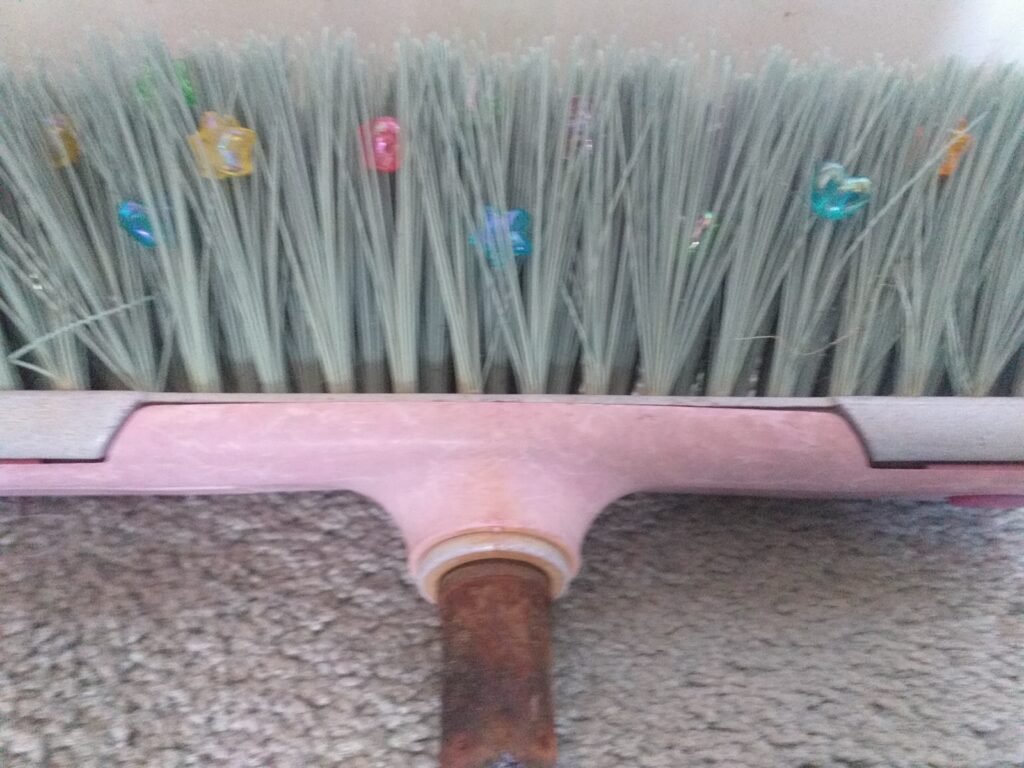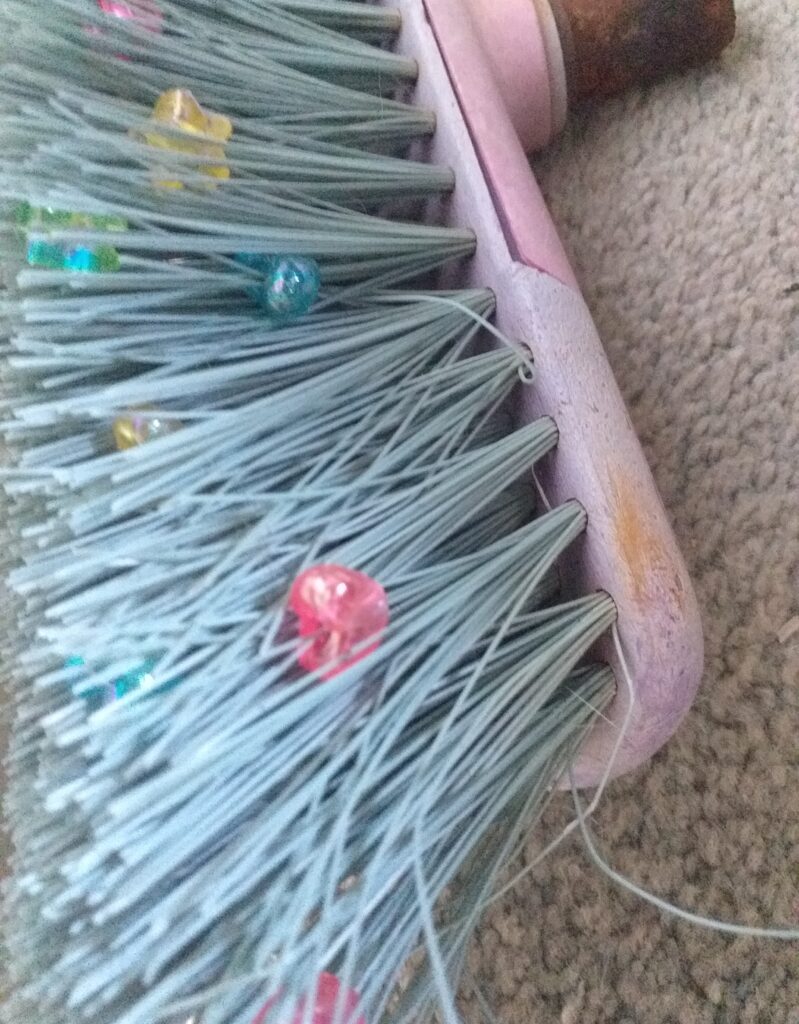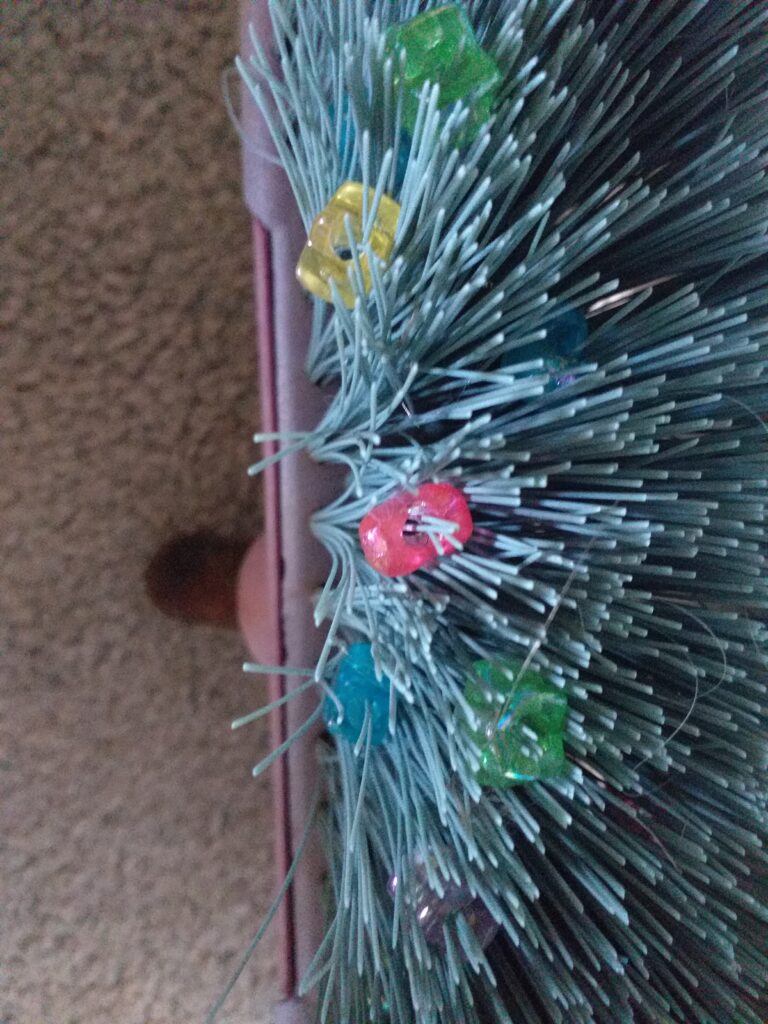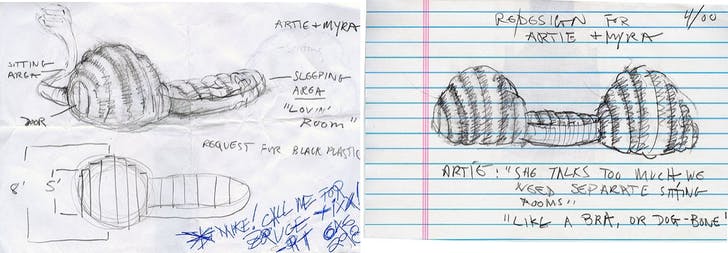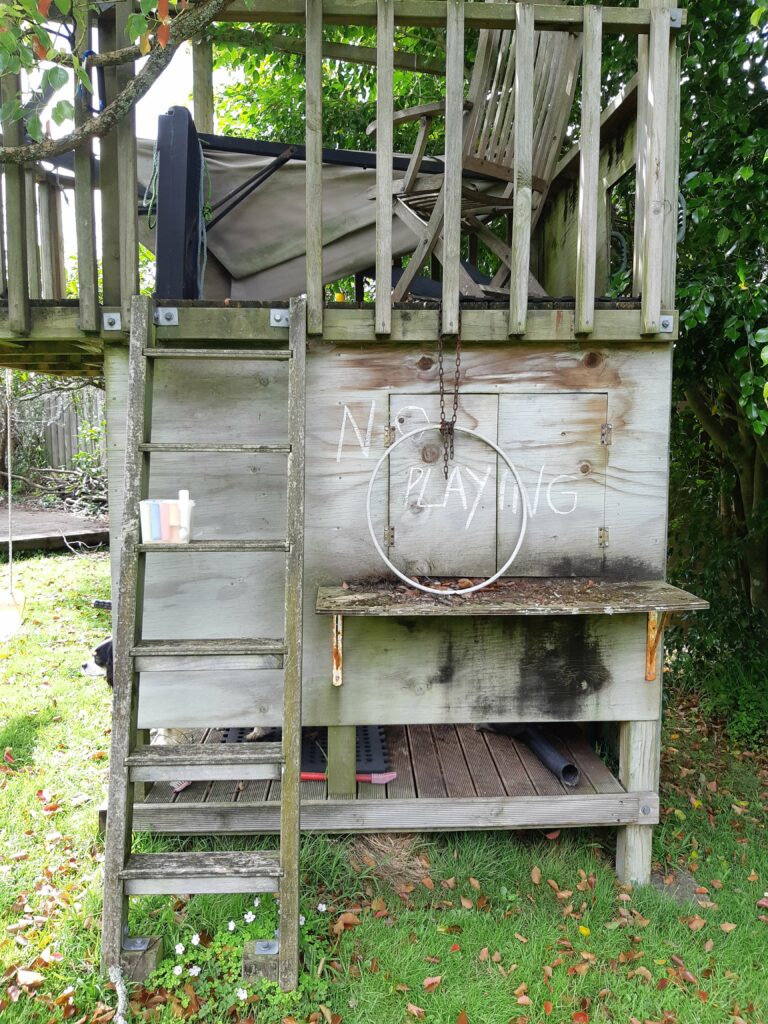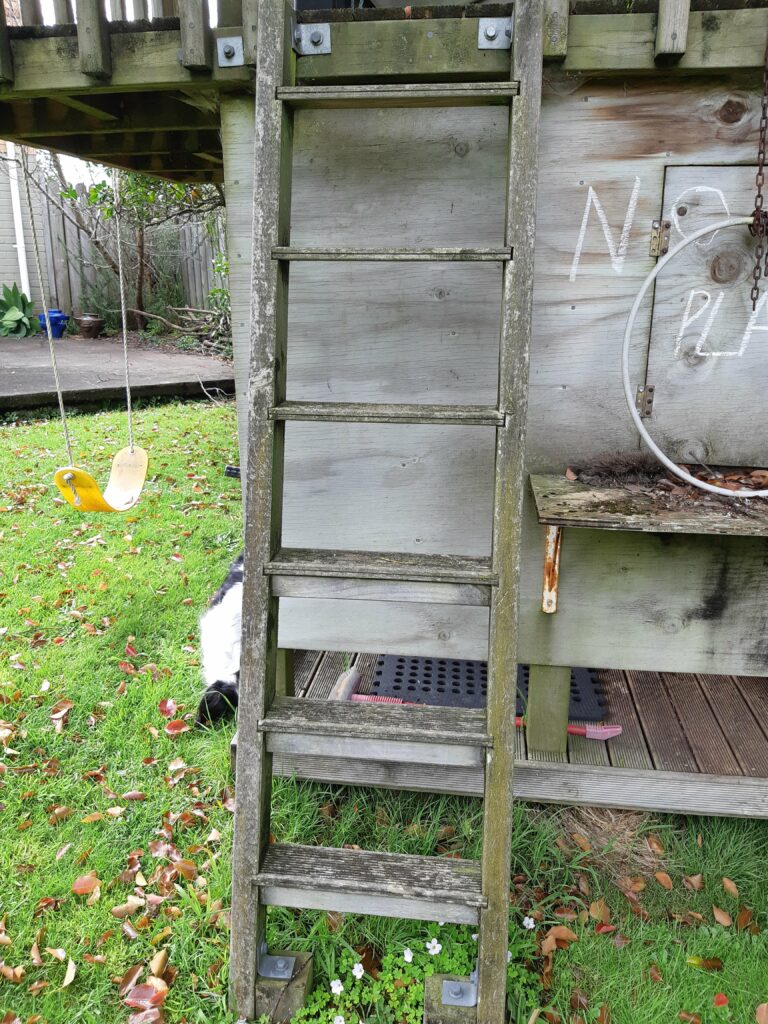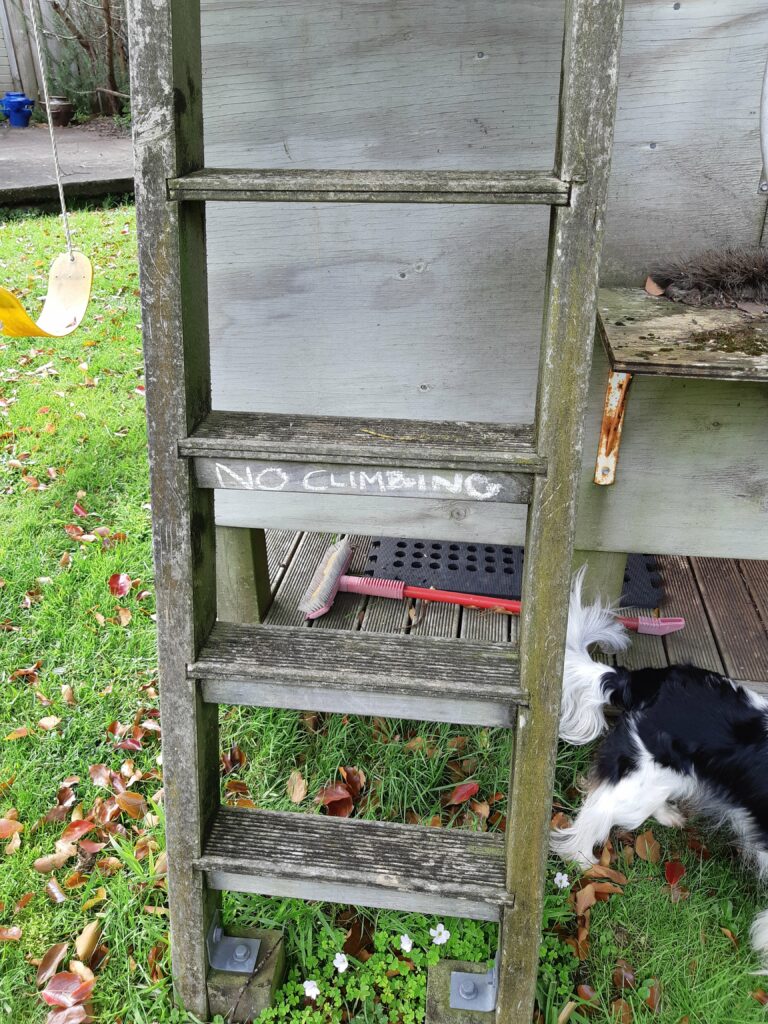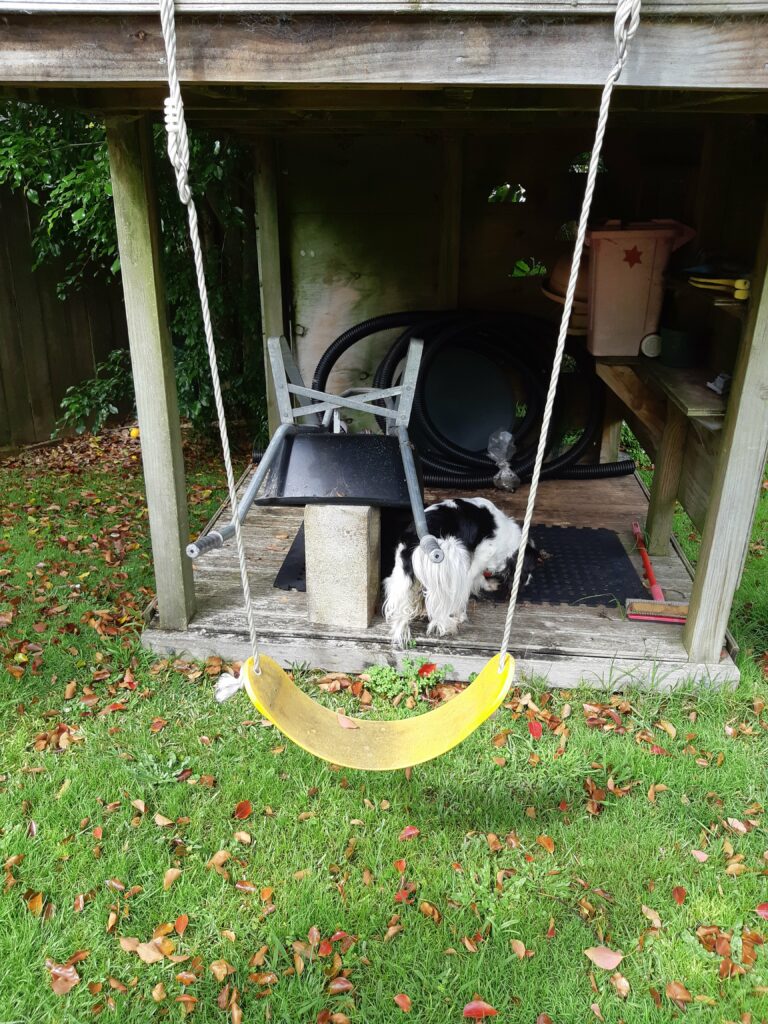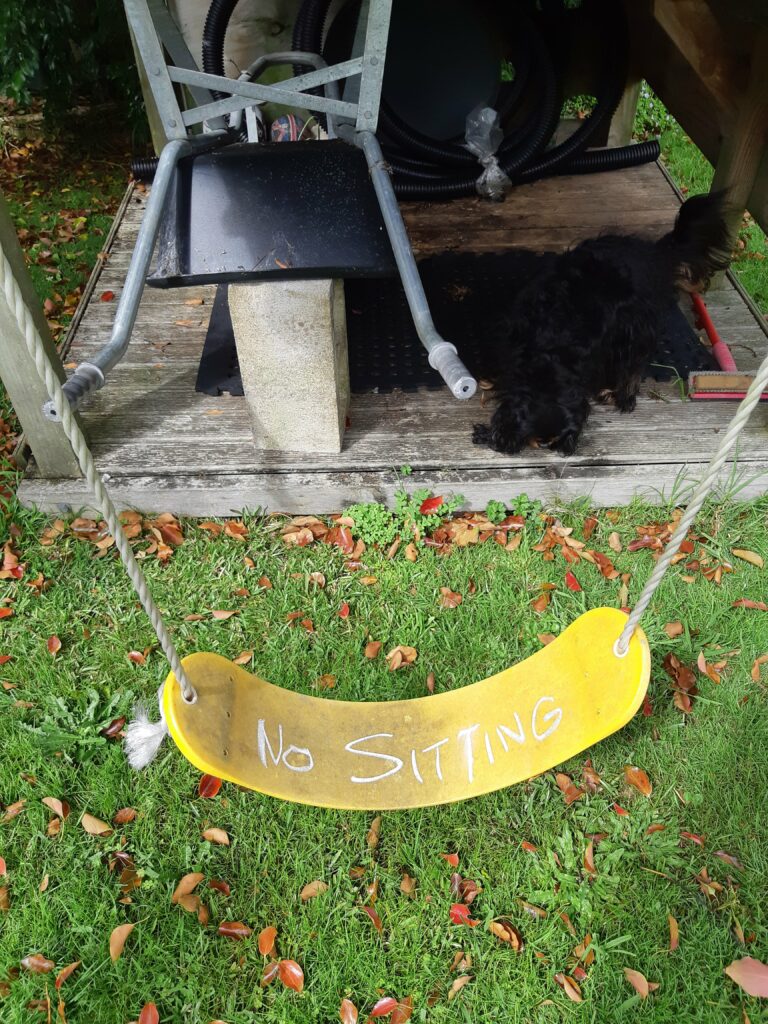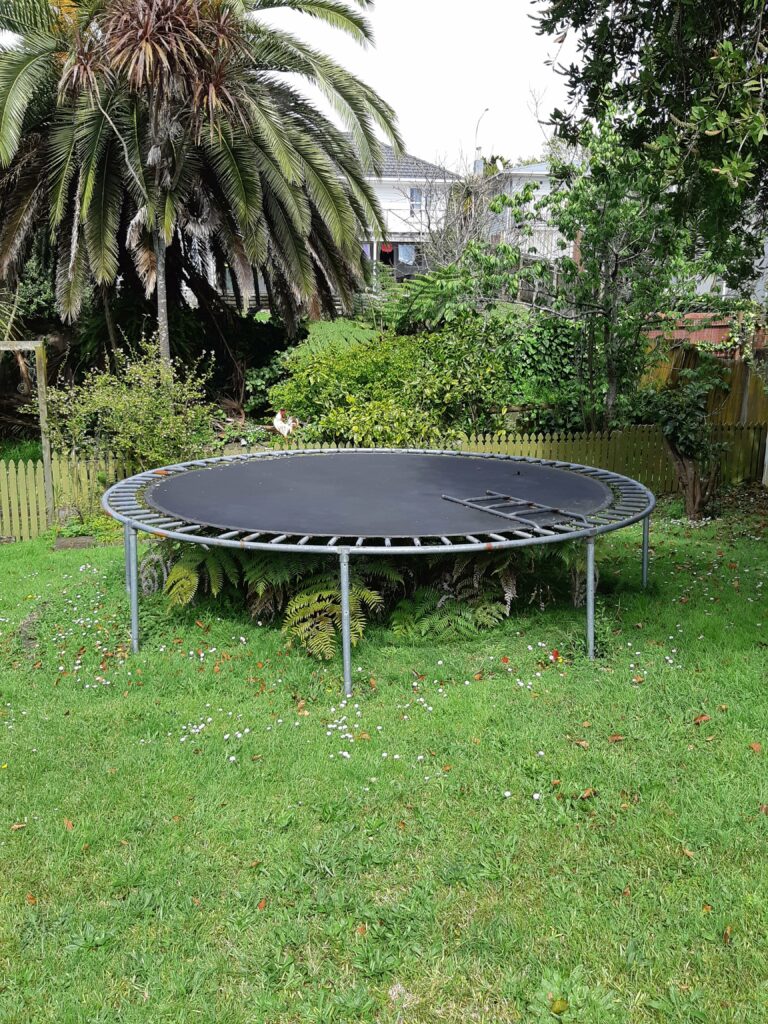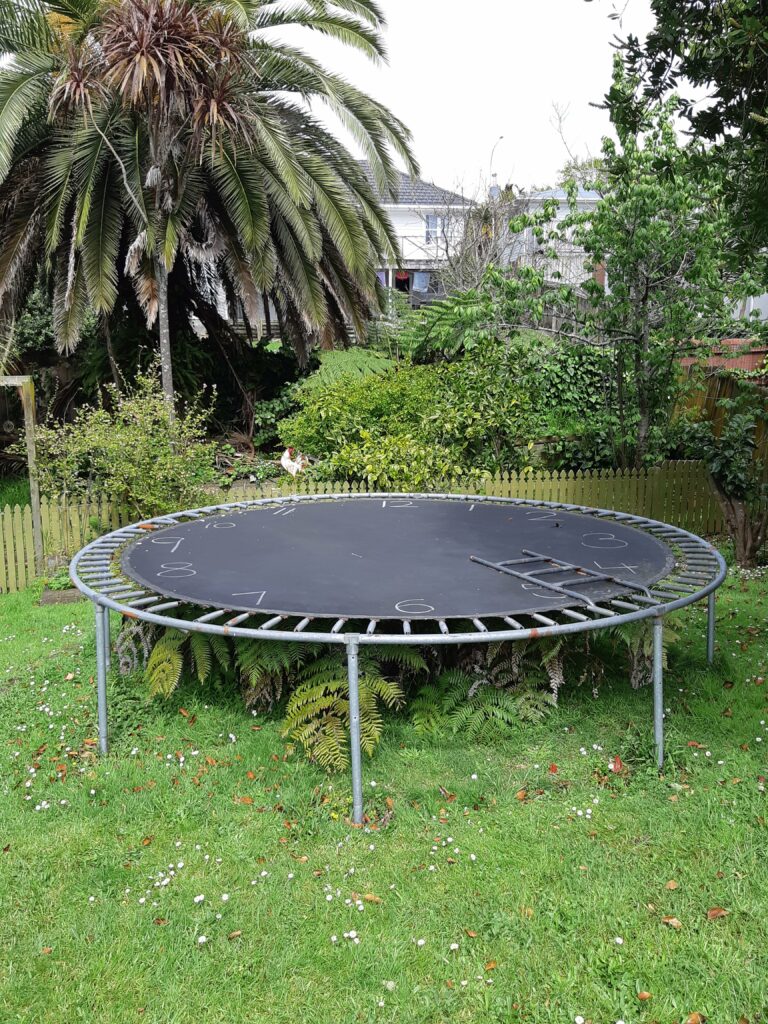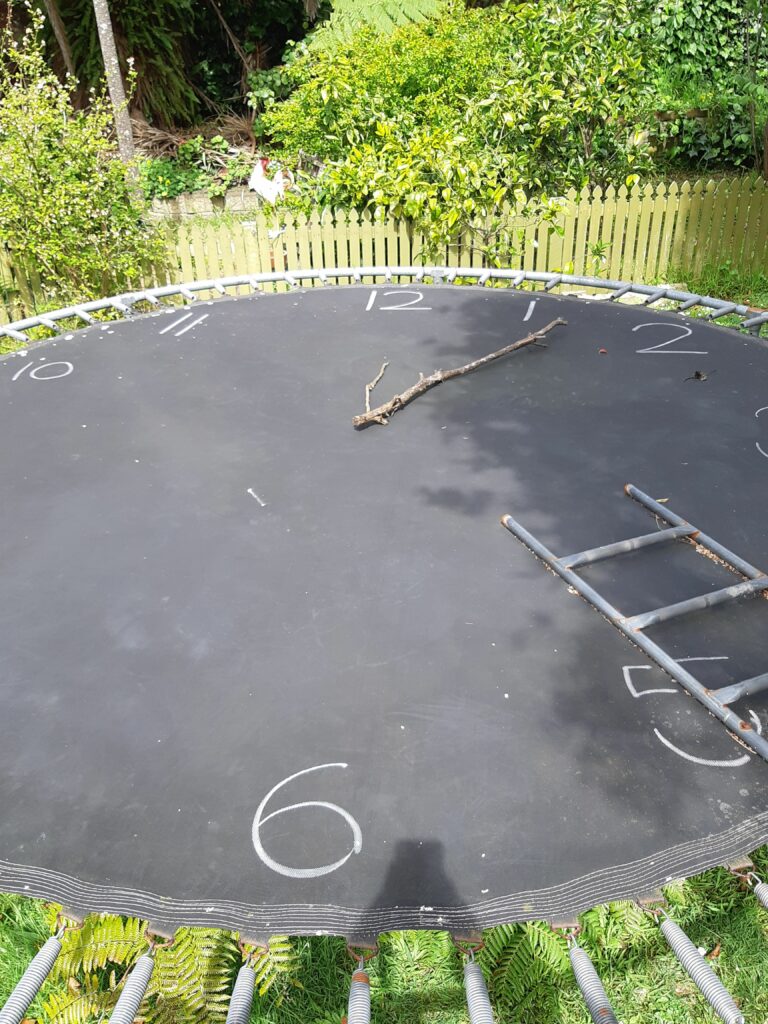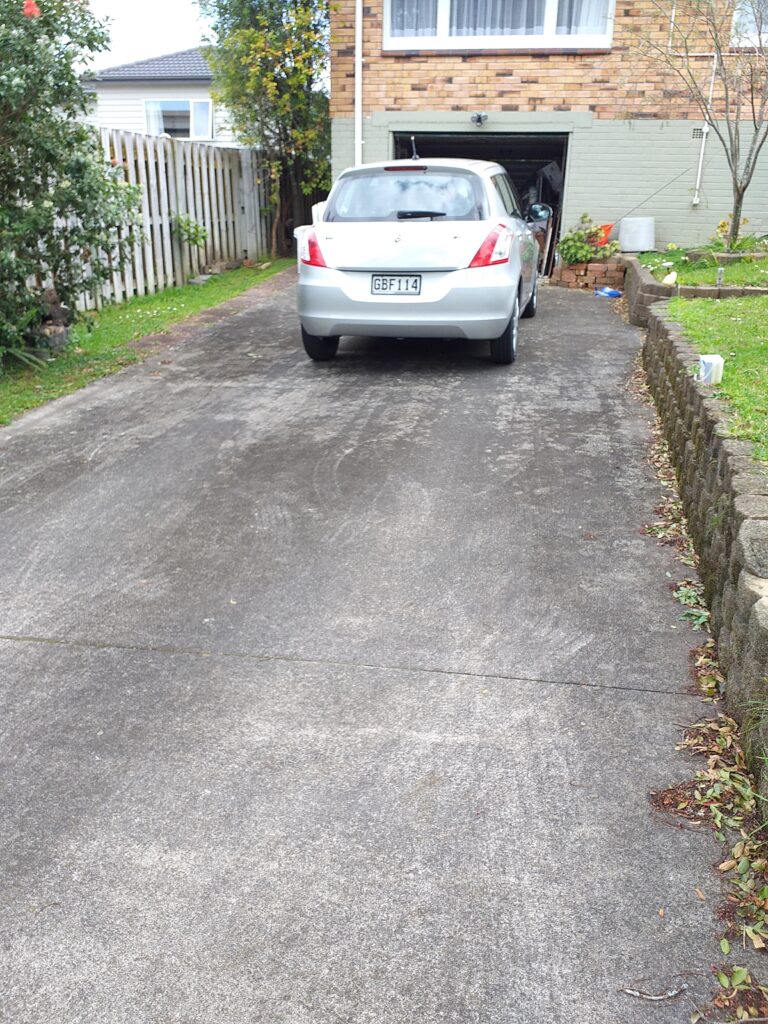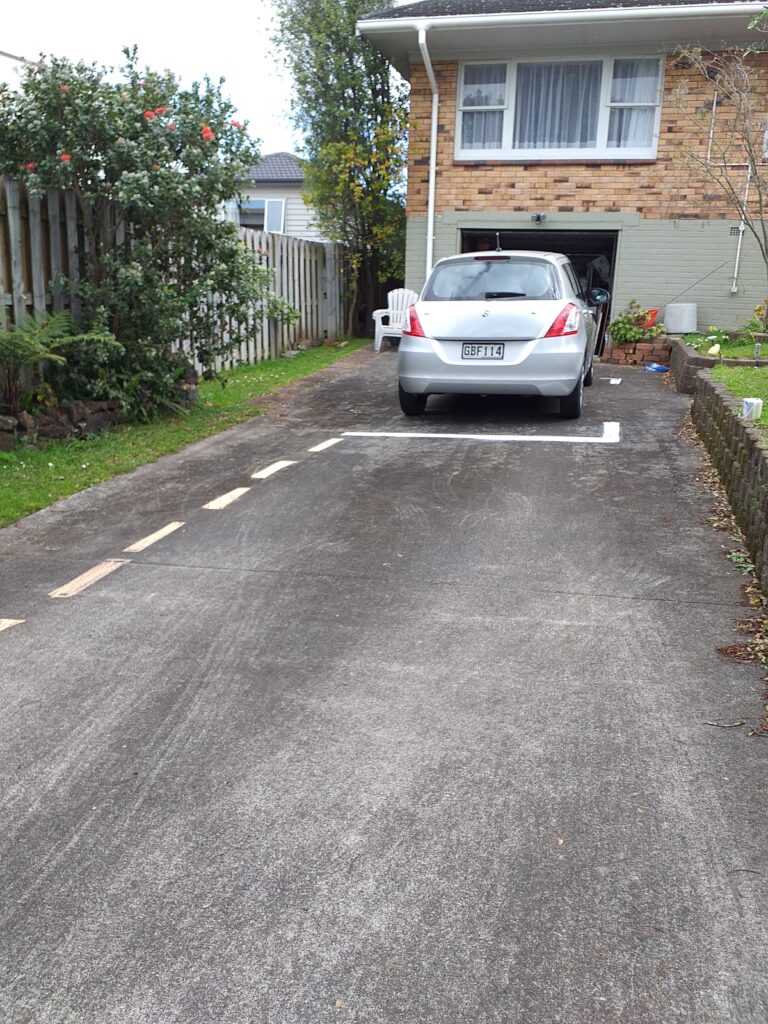In this last week, we have been challenged to create our own brief based on what we’ve enjoyed working on so far. I really enjoyed the space and site interventions, while meshmixing wasn’t really my thing. Looking back through my blogs, I took away a handful of ideas:
- Create one-minute sculpture sketches for people in my bubble to interpret
- Hold a soup kitchen or other public food event
- Reinterpret a scene with fake food made from everyday objects
- Install a fake food item on a supermarket shelf
I’d like to create a work that emulates our non-lockdown reality, or challenges the idea of what a sculptural action should look like.

Brief Title: Verisimilitude ‘Real Life‘
Introduction: Allen Ruppersberg is an American Conceptual Artist, his site specific work “Al’s Cafe” stood out to me. He developed a surreal menu to serve customers such as “Toast and Leaves”, “Al’s Burger” – composed of Sky, Land, and Water, and the “Patti Melt” – a photo of singer Patti Page covered in toasted marshmellows. The customers would then be given an equally bizarre receipt. He later made a surreal “Al’s Grand Hotel”.
Matt Stromberg, “Allen Ruppersberg, a Conceptual Artist in Love With The Physical World”, Hyperallergic, 27th March 2019, https://hyperallergic.com/492121/allen-ruppersberg-intellectual-property-hammer-museum/
Provocation: I would like to explore a relationship between our usual non-lockdown life and our current conditions. How can I involve others without breaking lockdown rules? How can I ‘feed’ the world around me like Ruppersberg when food cannot be served? I would love to be do something performative that has a public audience, but how will I do this in Level 3?
Material/Process: Rather than feeding people, I’d like to feed nature, so bird food, crumbs and sugar water are some important materials. In terms of set up, emulating a pre-lockdown restaurant table would require cutlery, a tablecloth, glassware and obviously a table. I will also use my phone to capture the work.
Presentation: This work will be temporary, I will film and photograph it to capture the work, and post these to my blog.
The Idea
After a bit of thinking, I realised I wanted to combine two major ideas. The ‘cafe’ sculpture combined with Wurm’s one minute sculptures to create an “animal cafe”. The restaurant setting can be played out through the use of body rather than bringing out furniture. I have three participants to work with, so will draw a position for them to hold until an animal feeds from them. Seeds for the birds, sugar water for bees and crumbs for ants, the posers will become the restaurant.
The posers did very well and held their positions excellently. It was very interesting to see how people interpreted the poses from the sketches. We had success in feeding the ants, however there were no bees around and the birds weren’t interested while people were nearby, so we sprinkled some on the grass for them and left them to it.
I think this was a successful experiment and a really fun way to combine the work I was most interested in. I would have liked to do this work outside of lockdown (I’m sure we all would) and done a project involving the public for more interpretations of poses.





